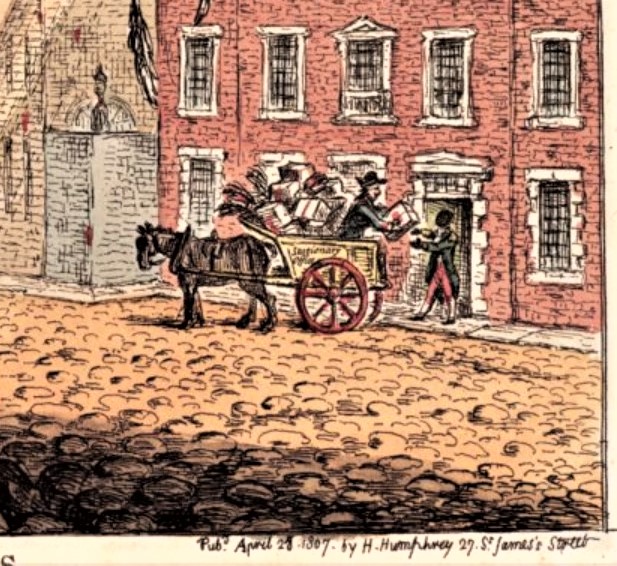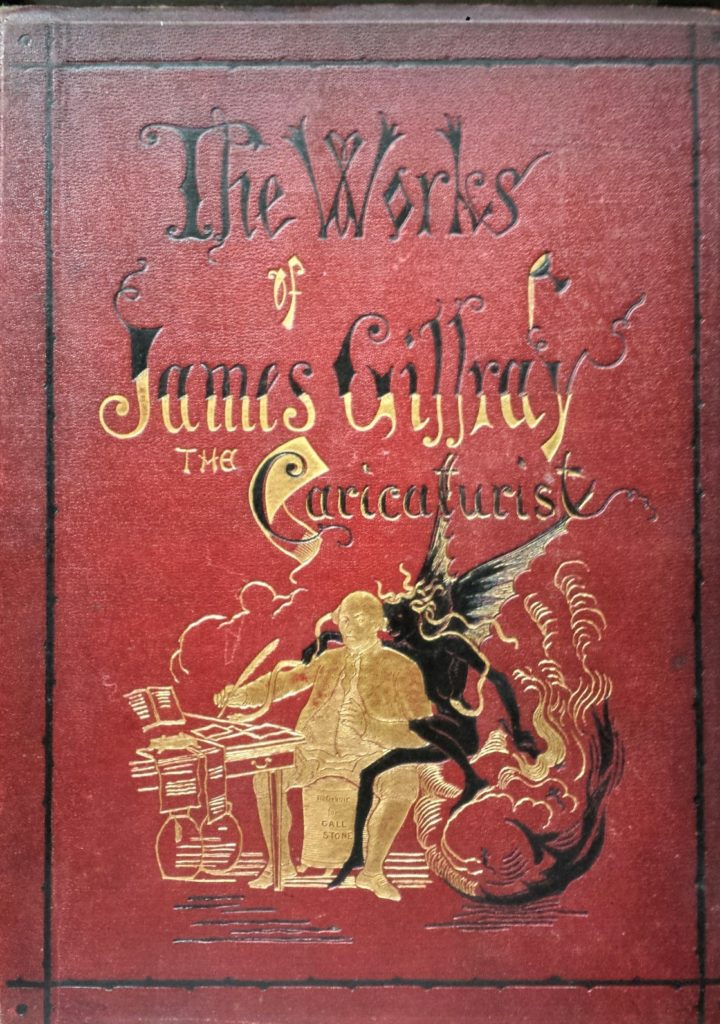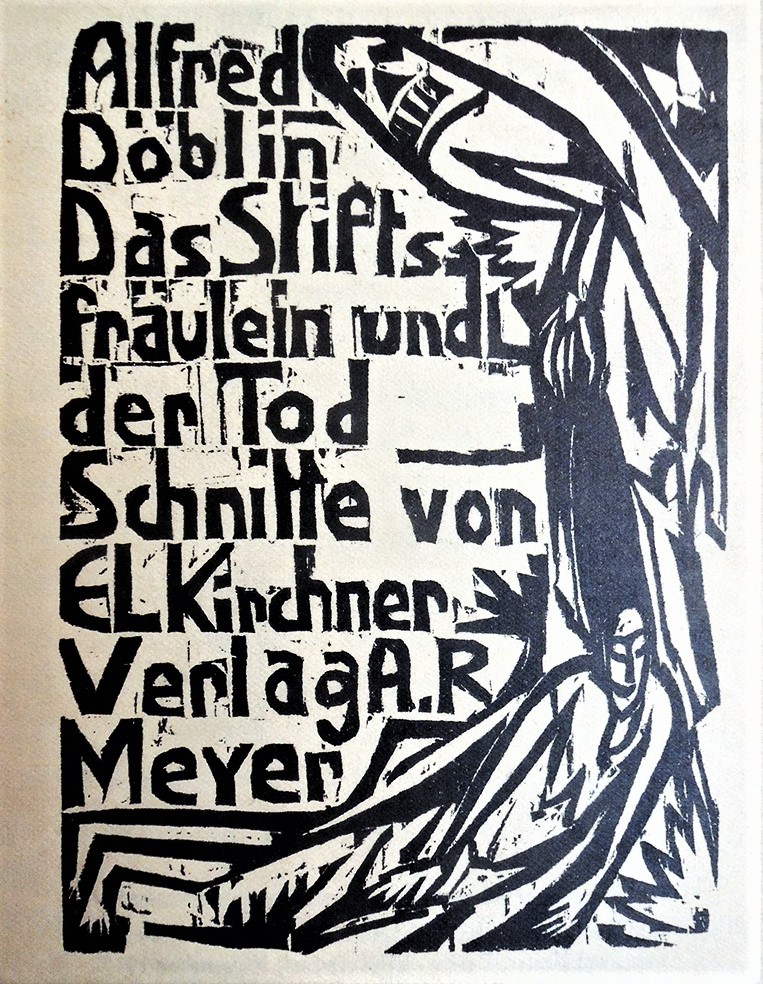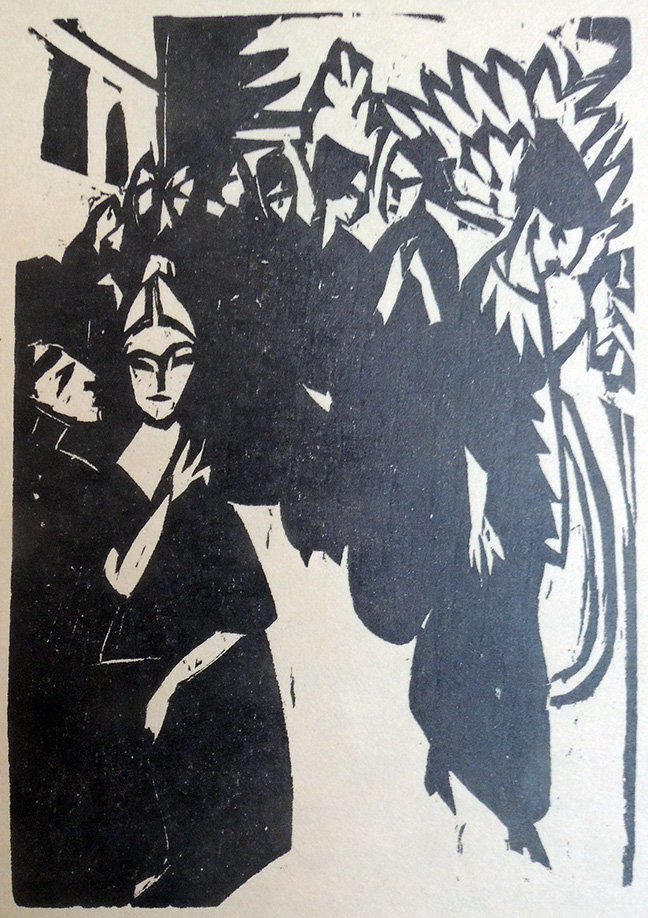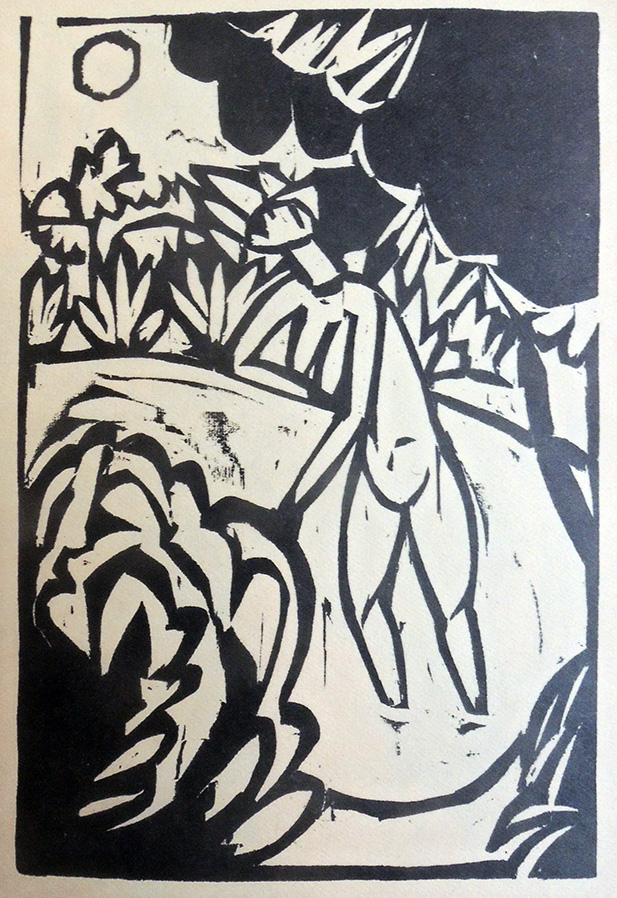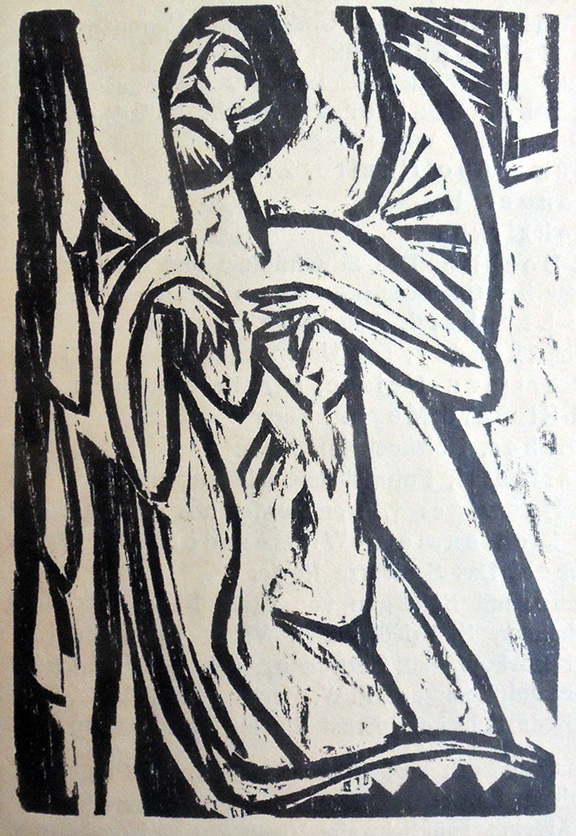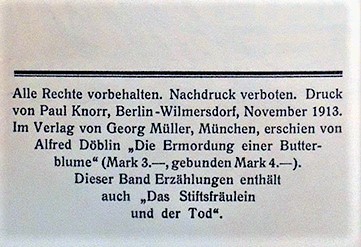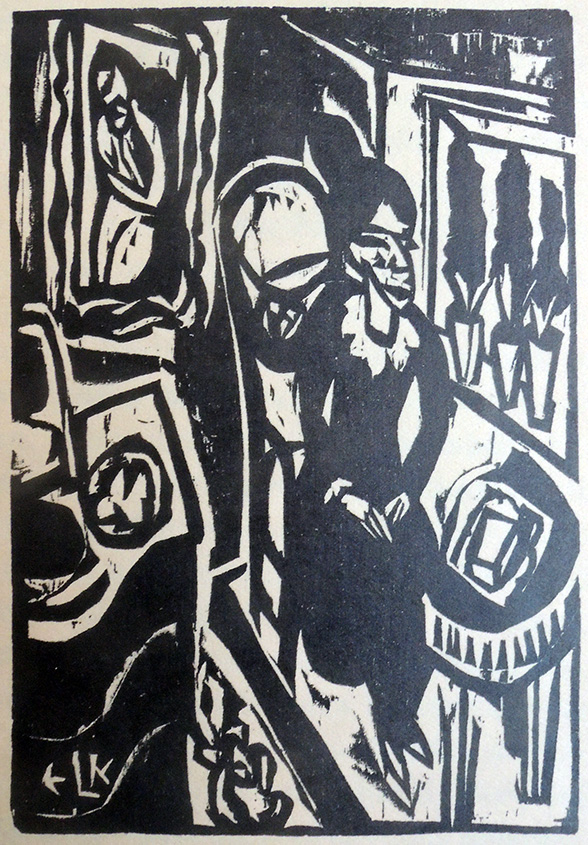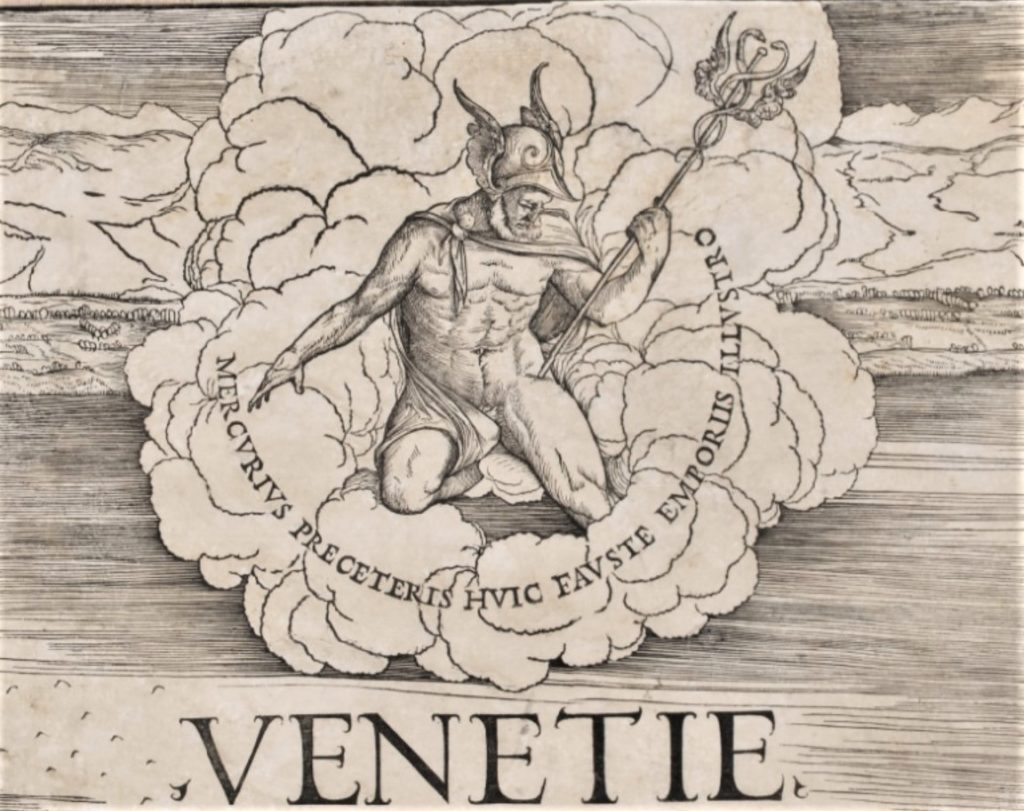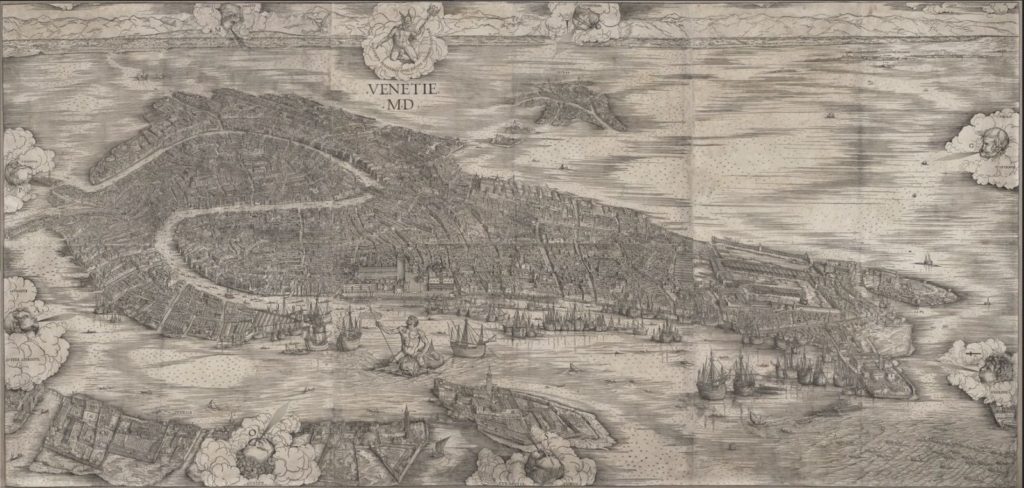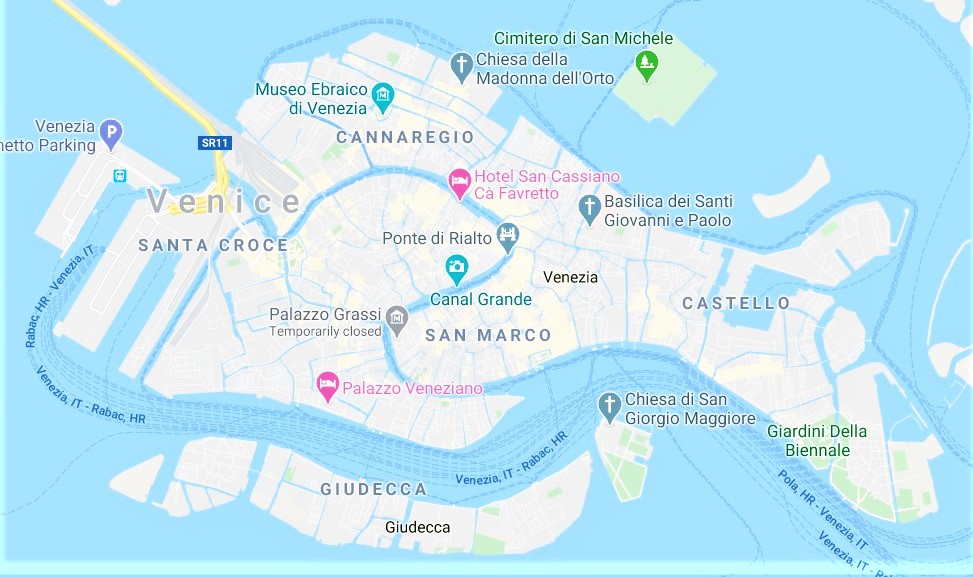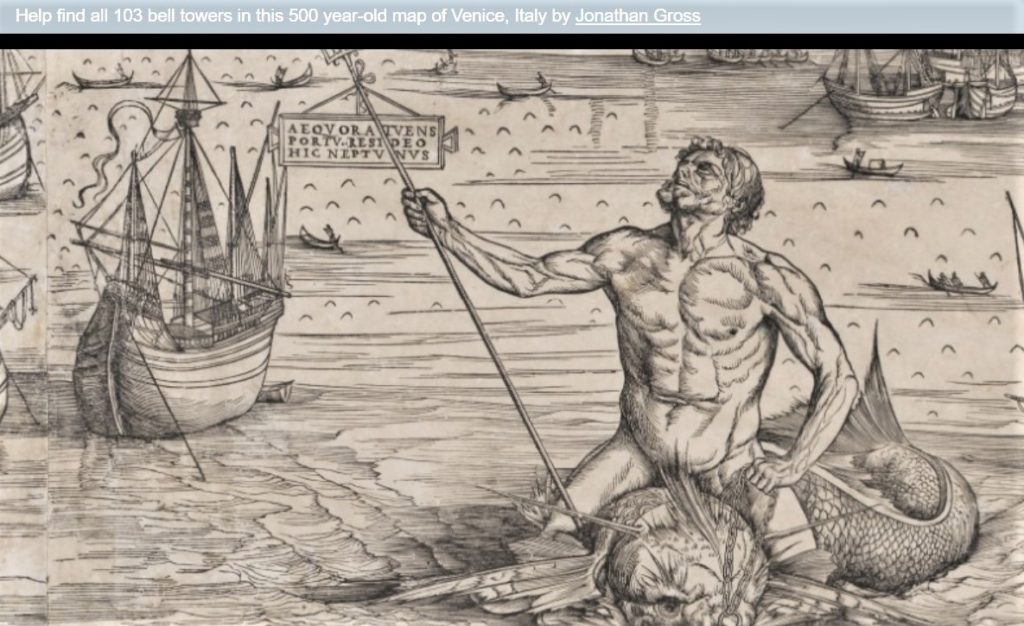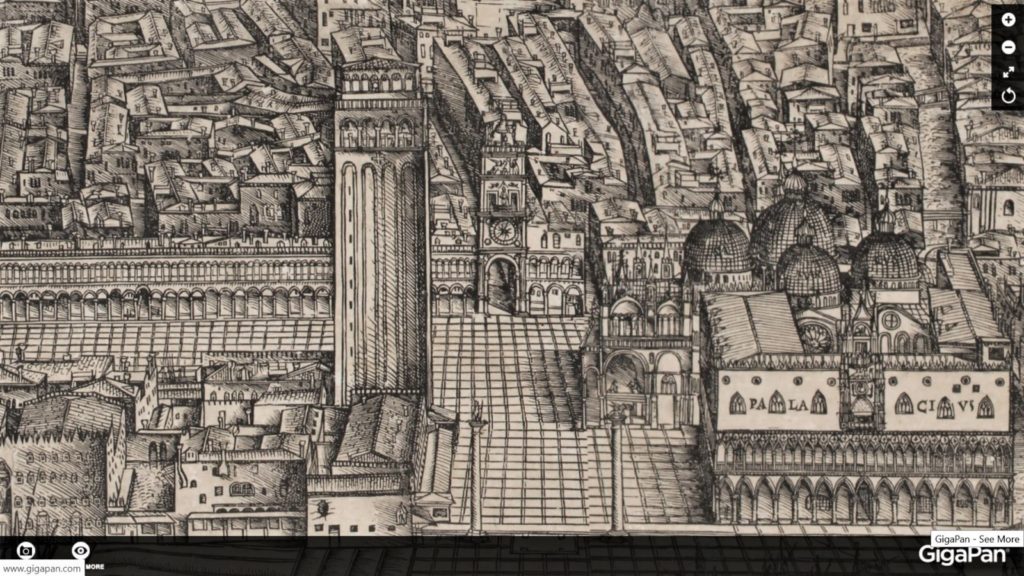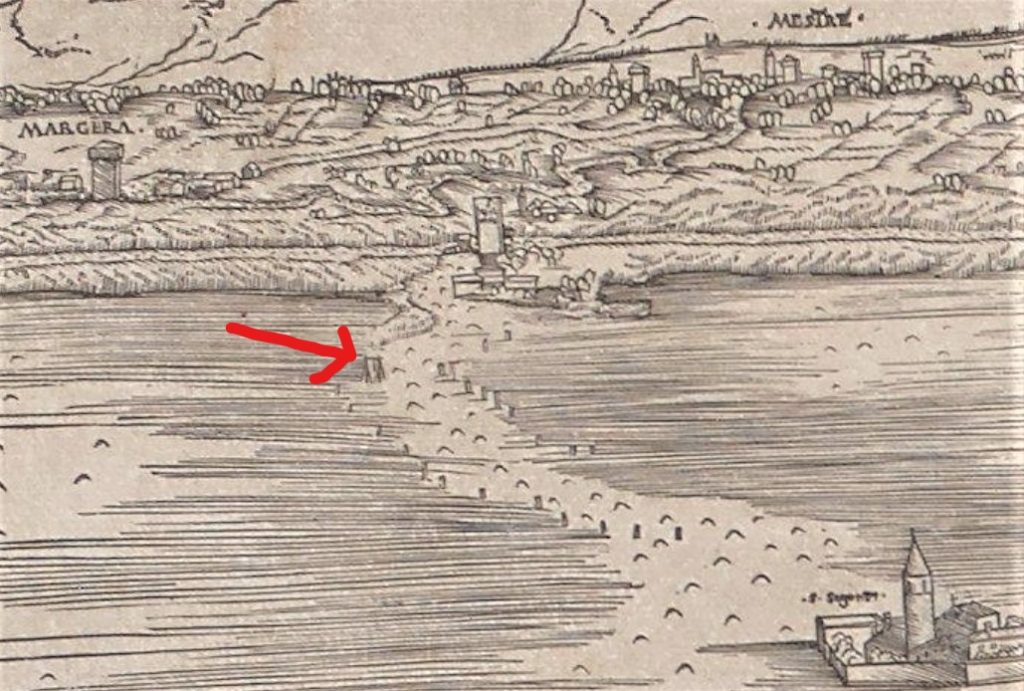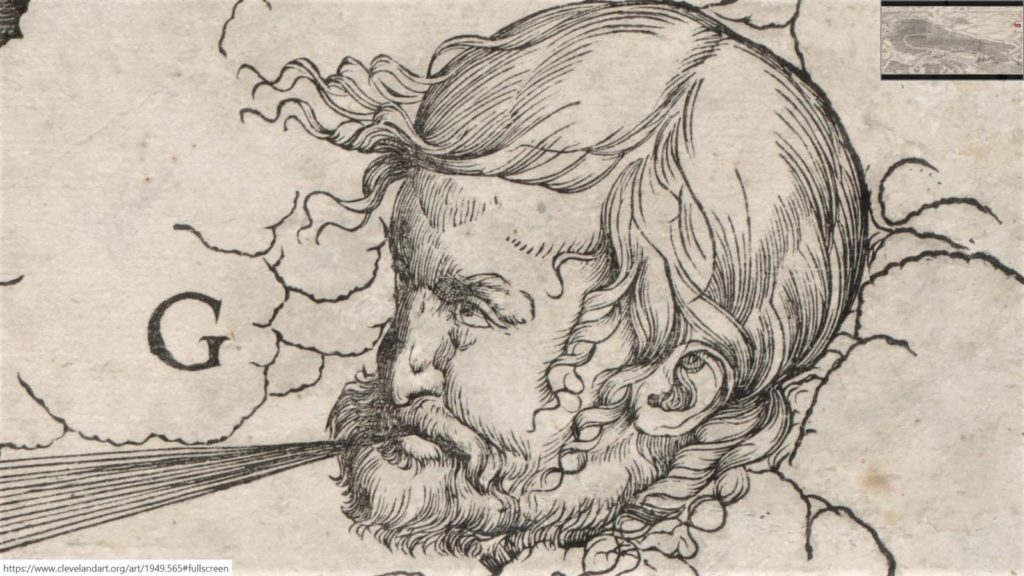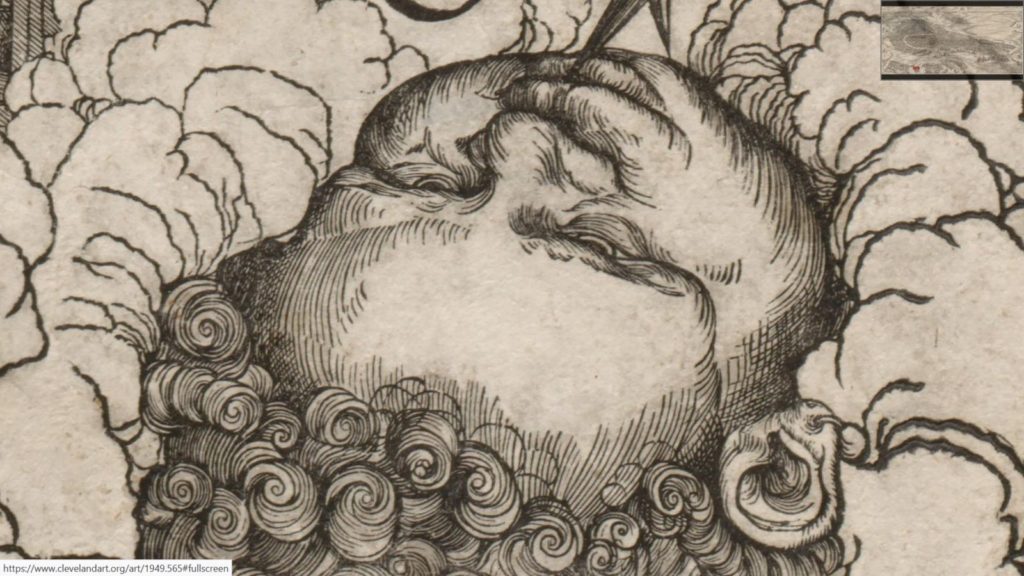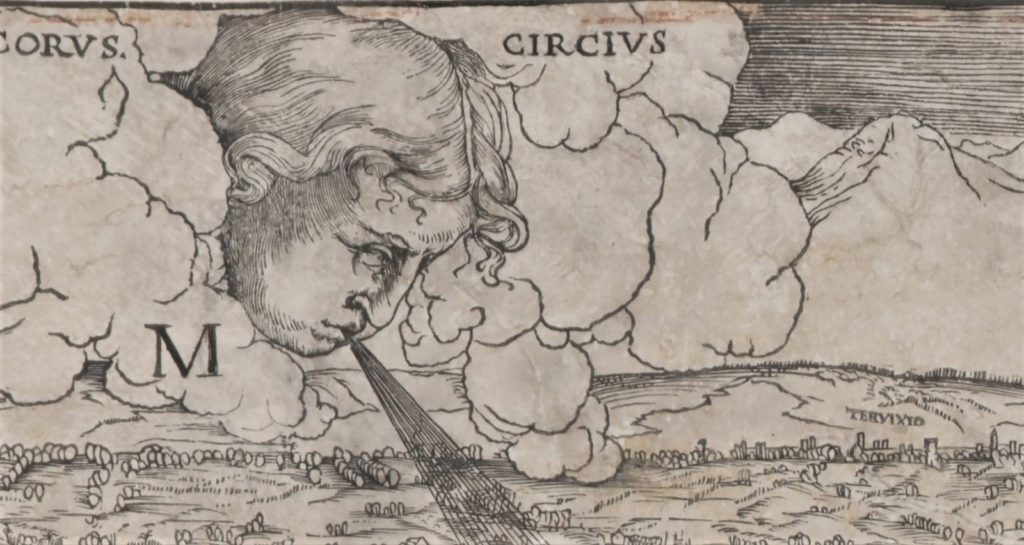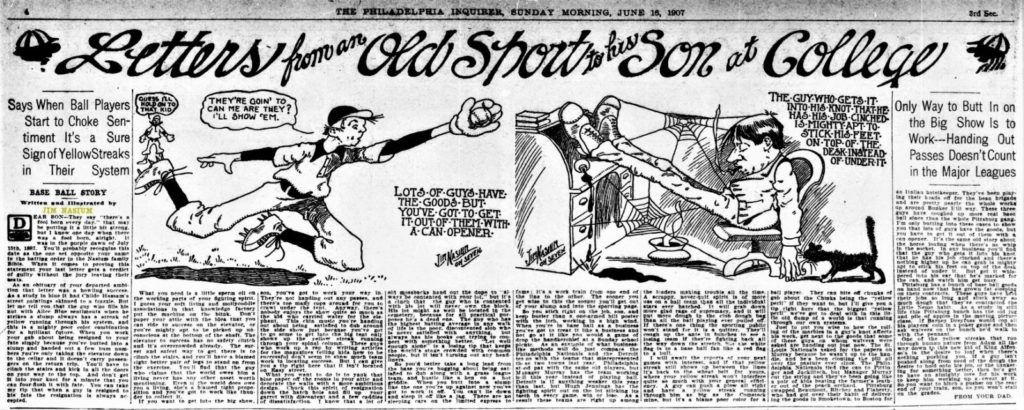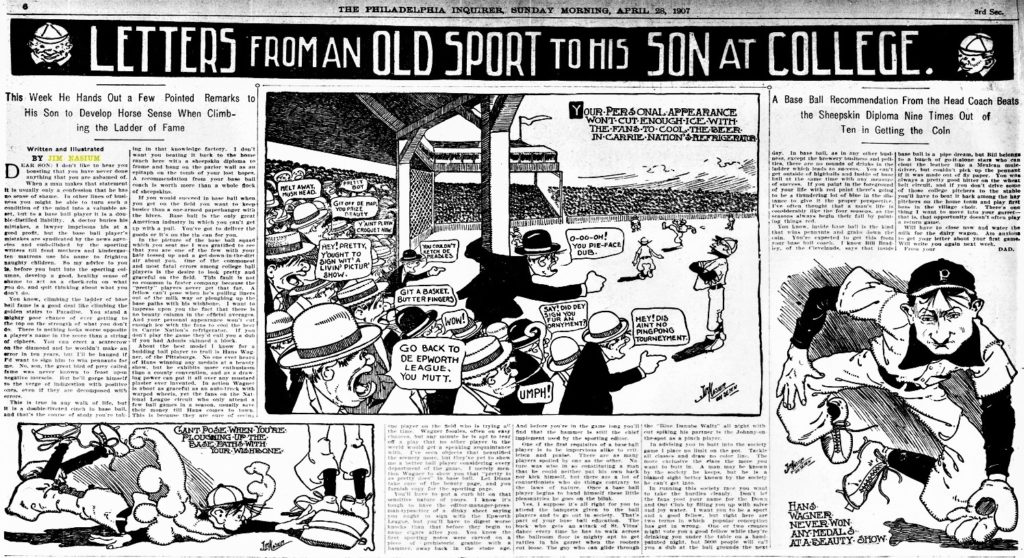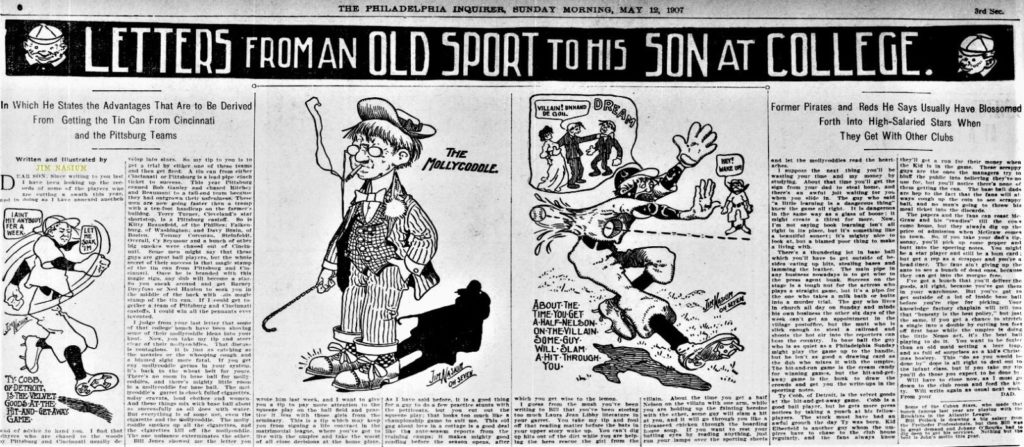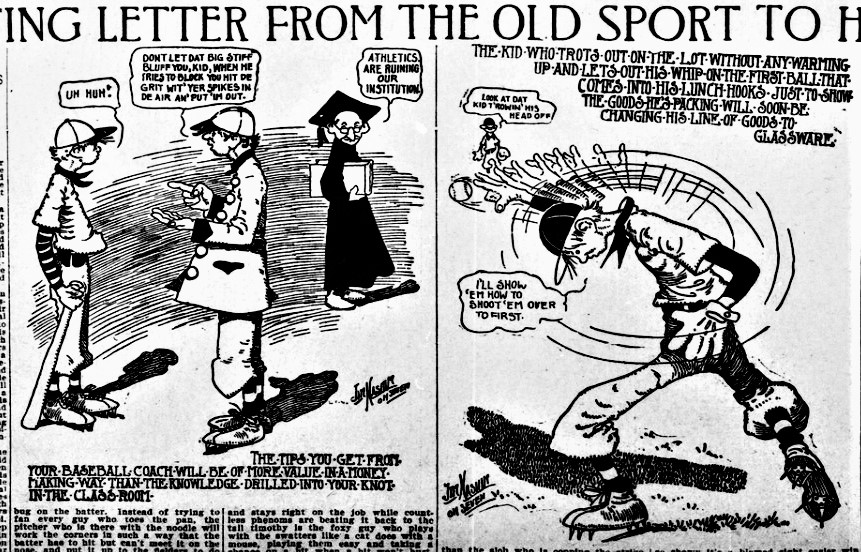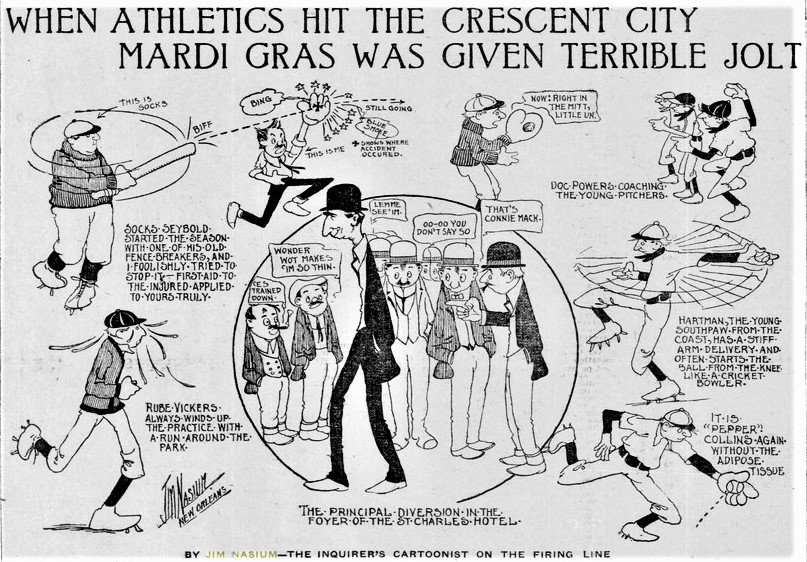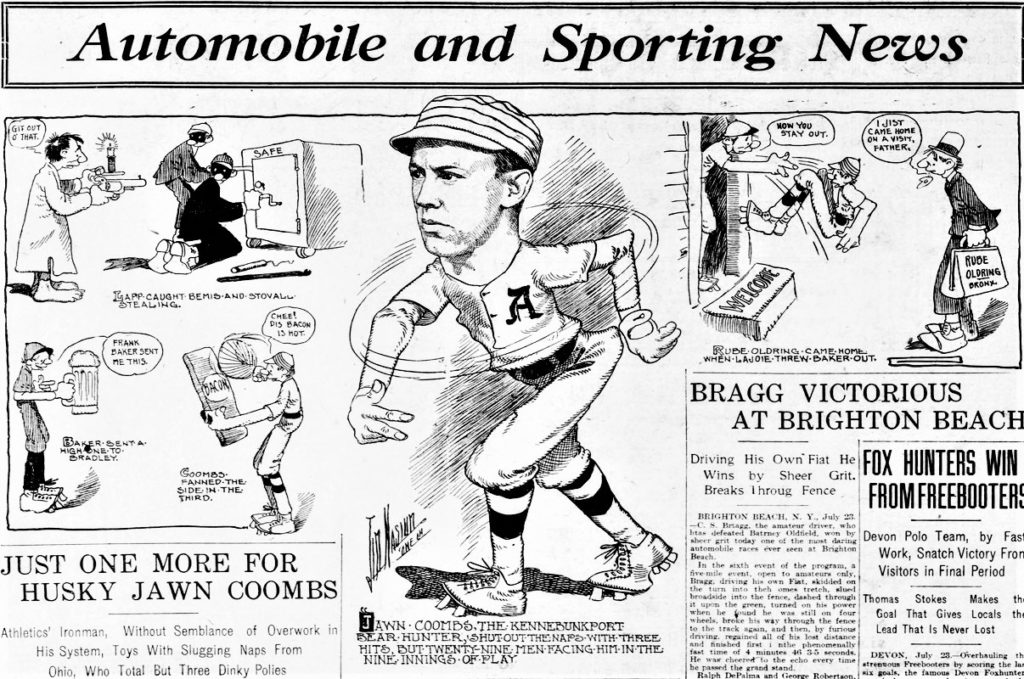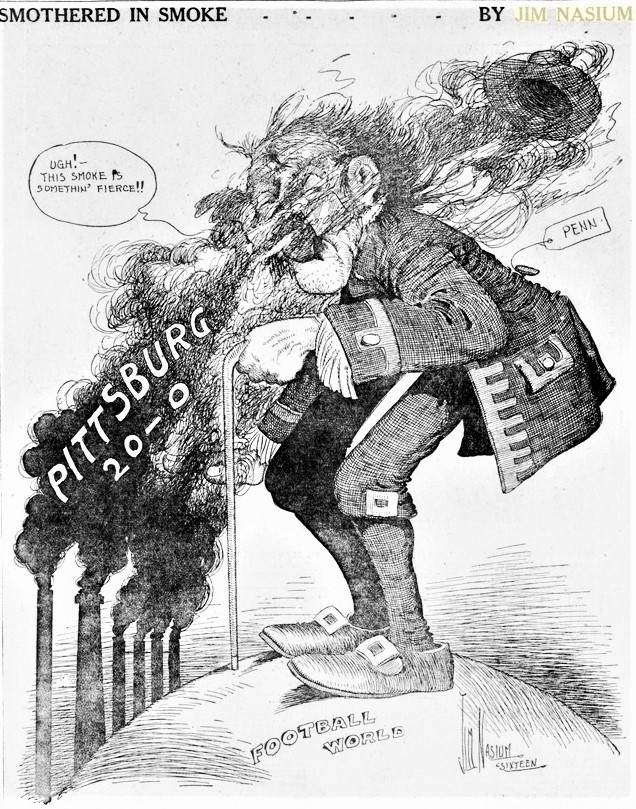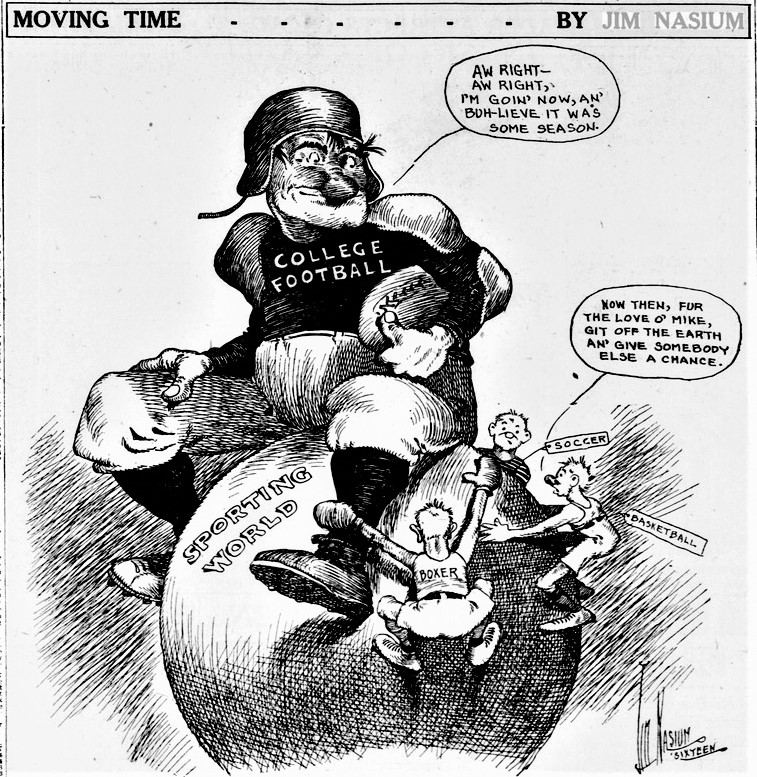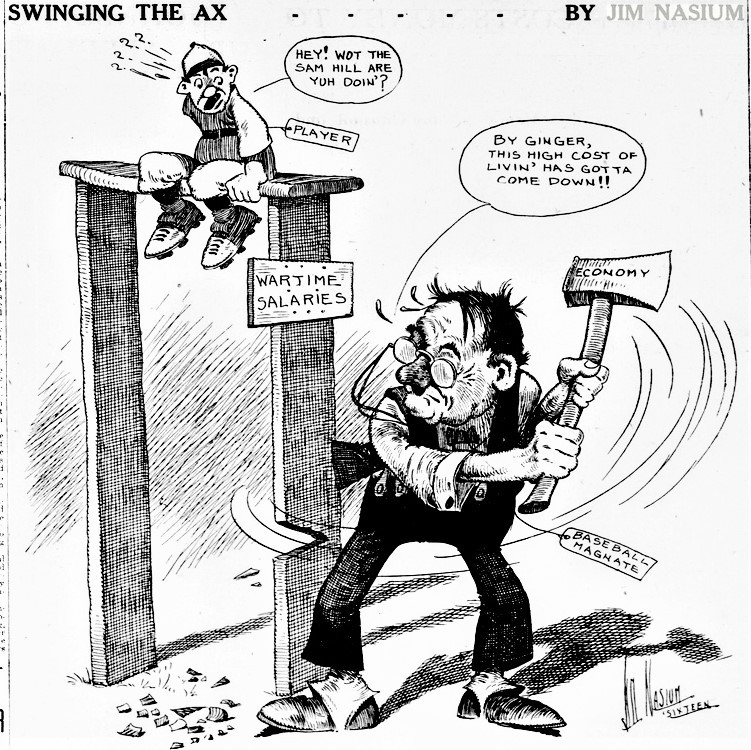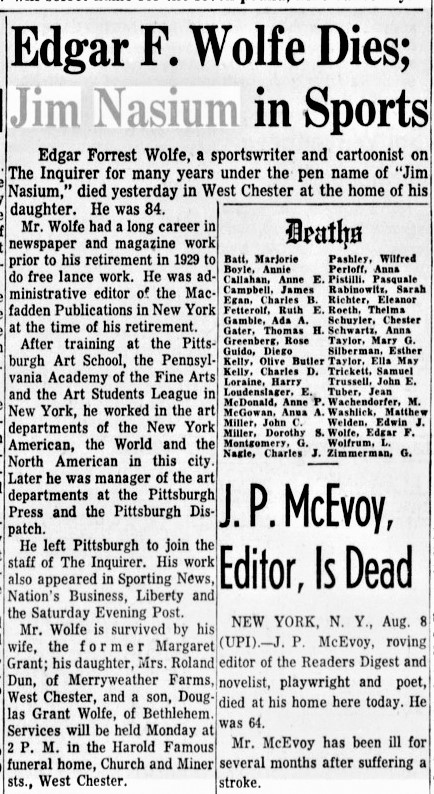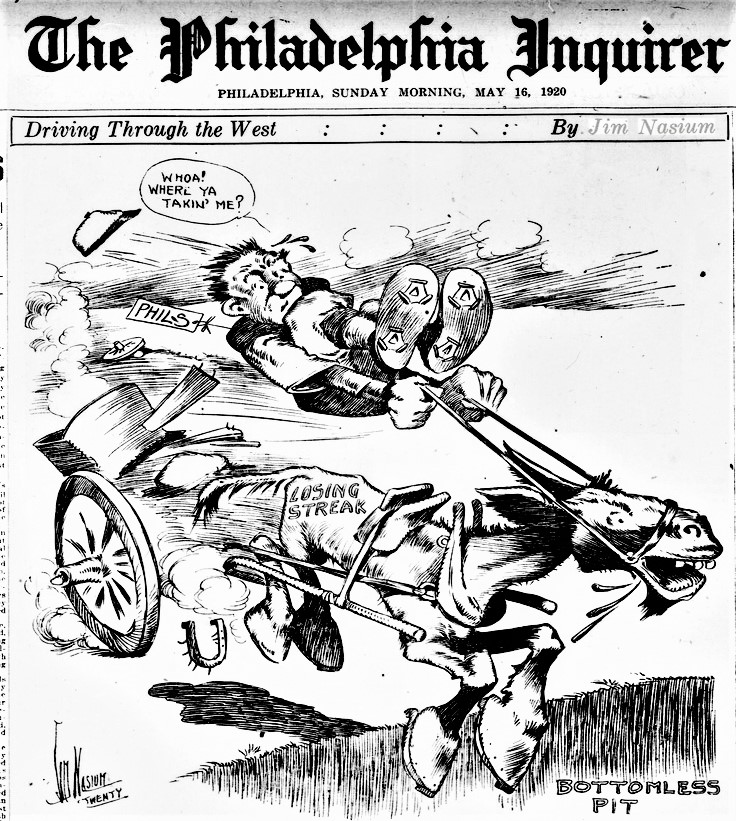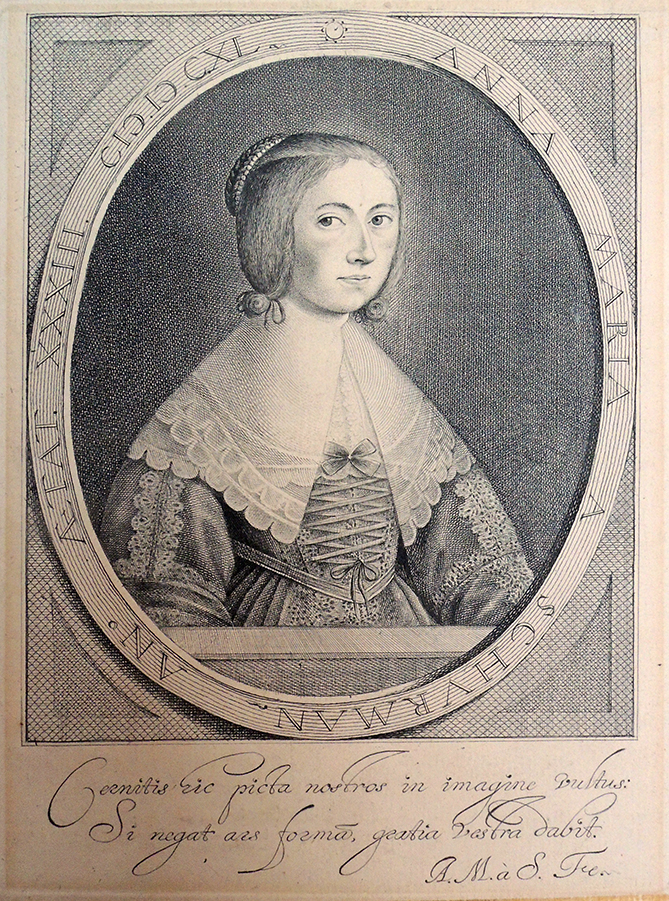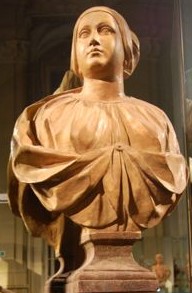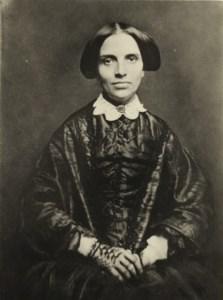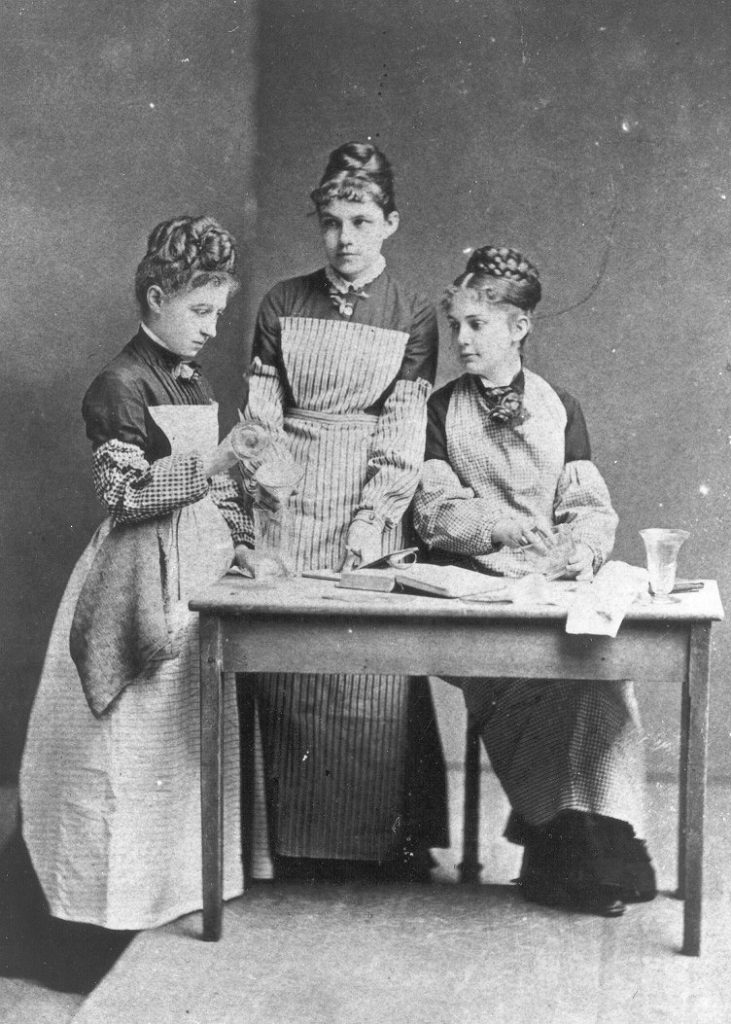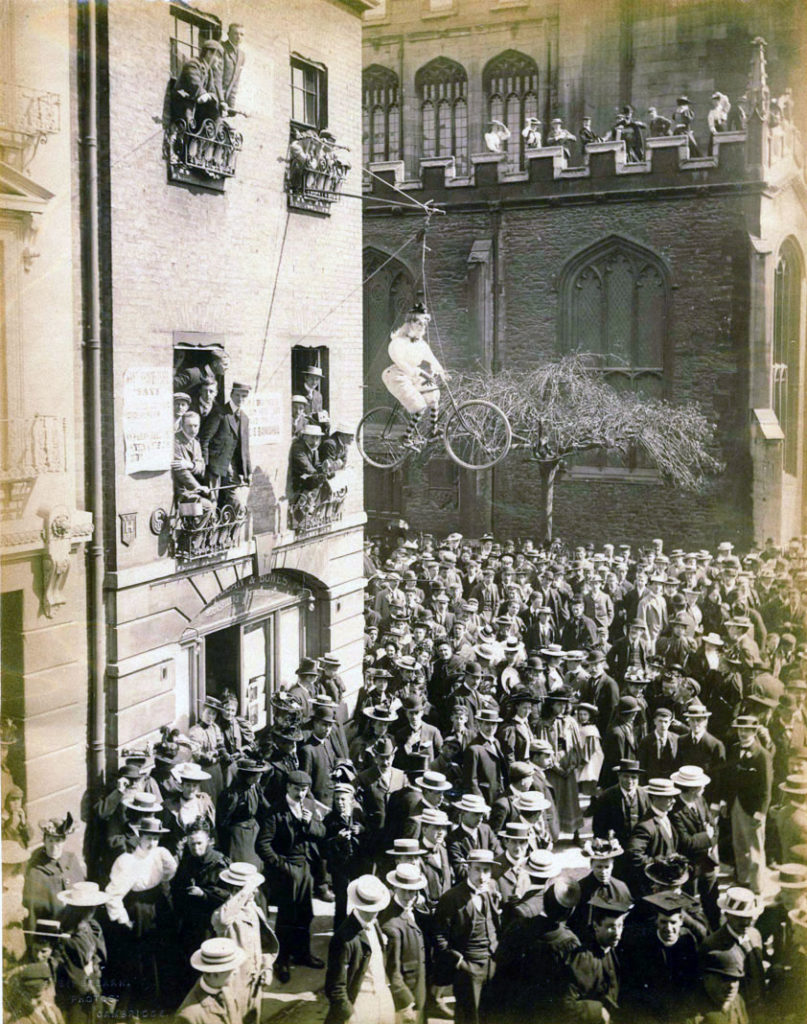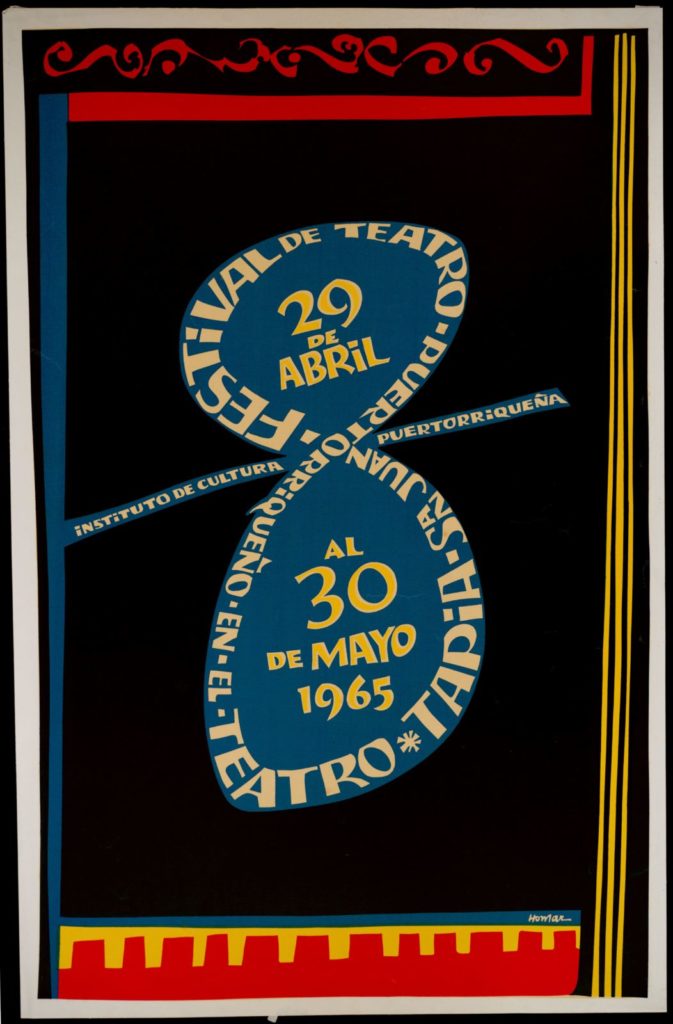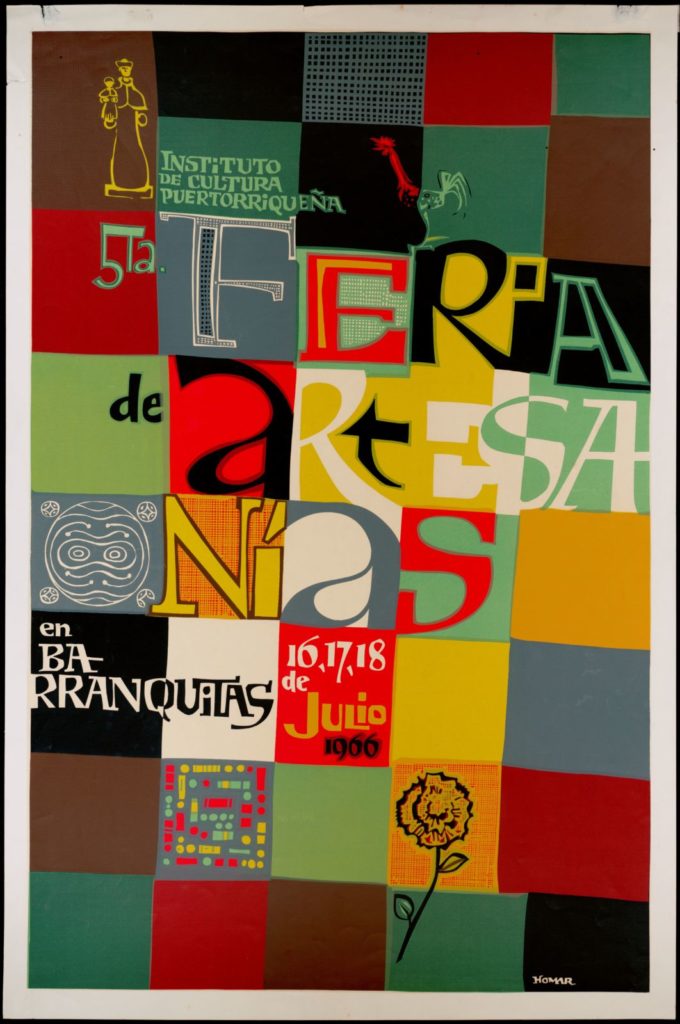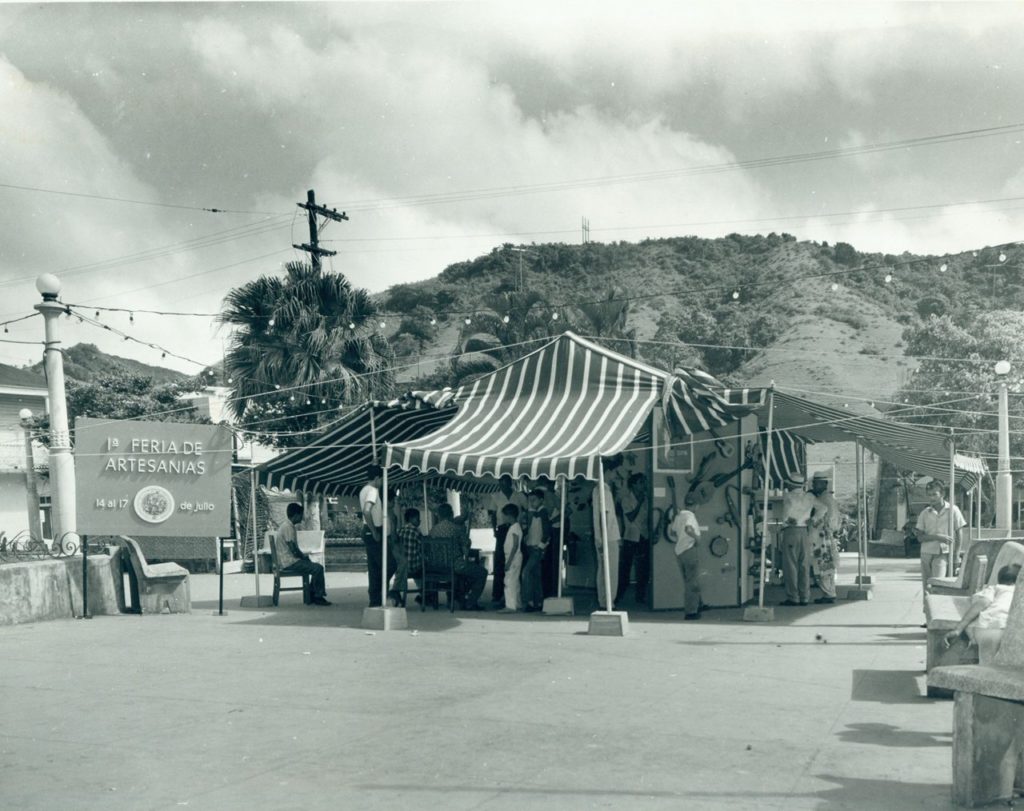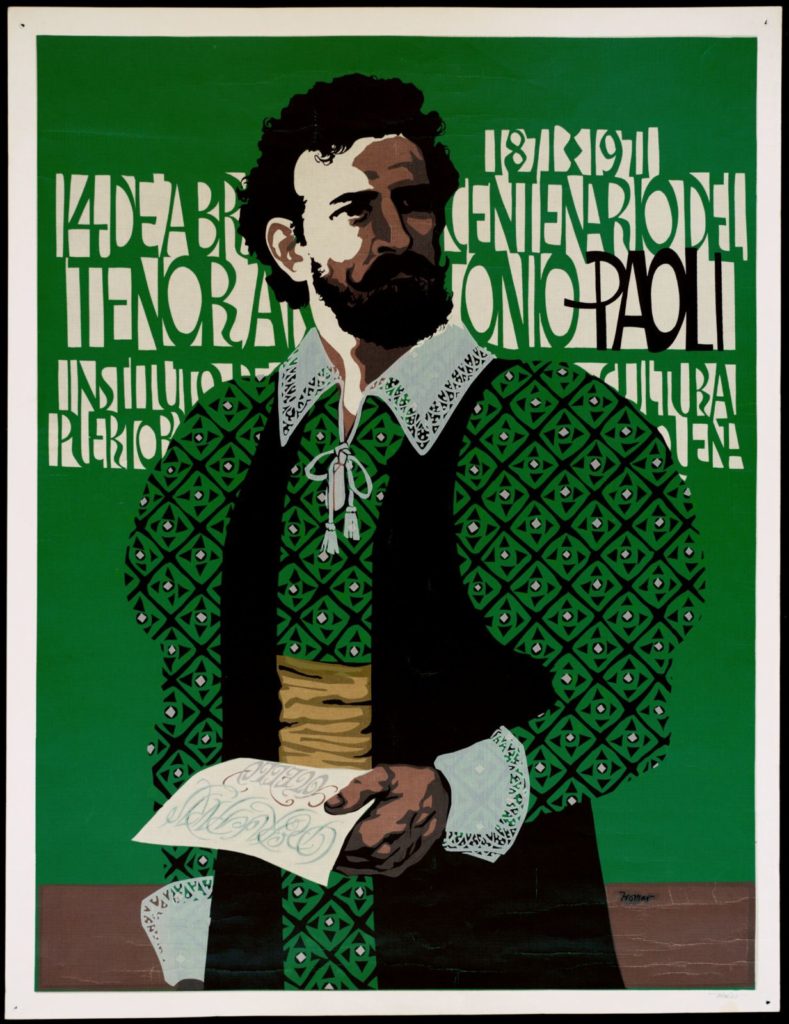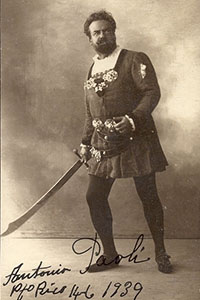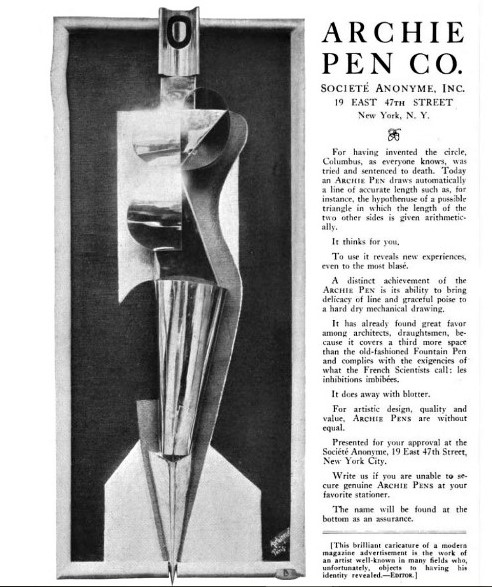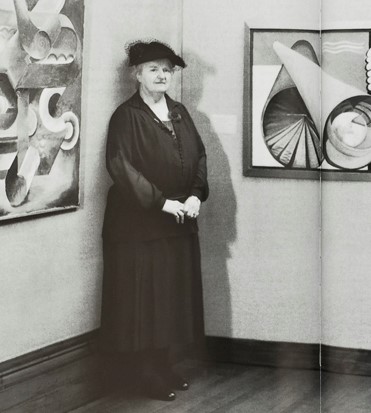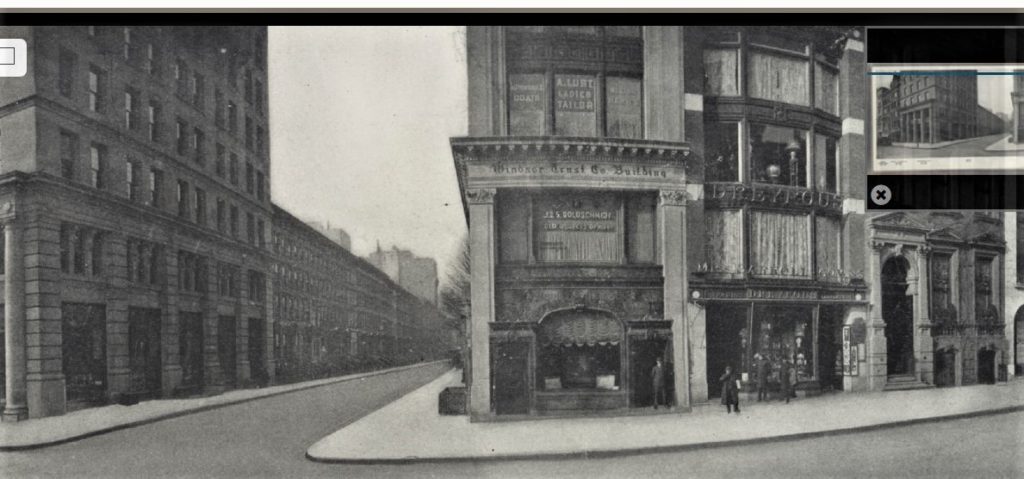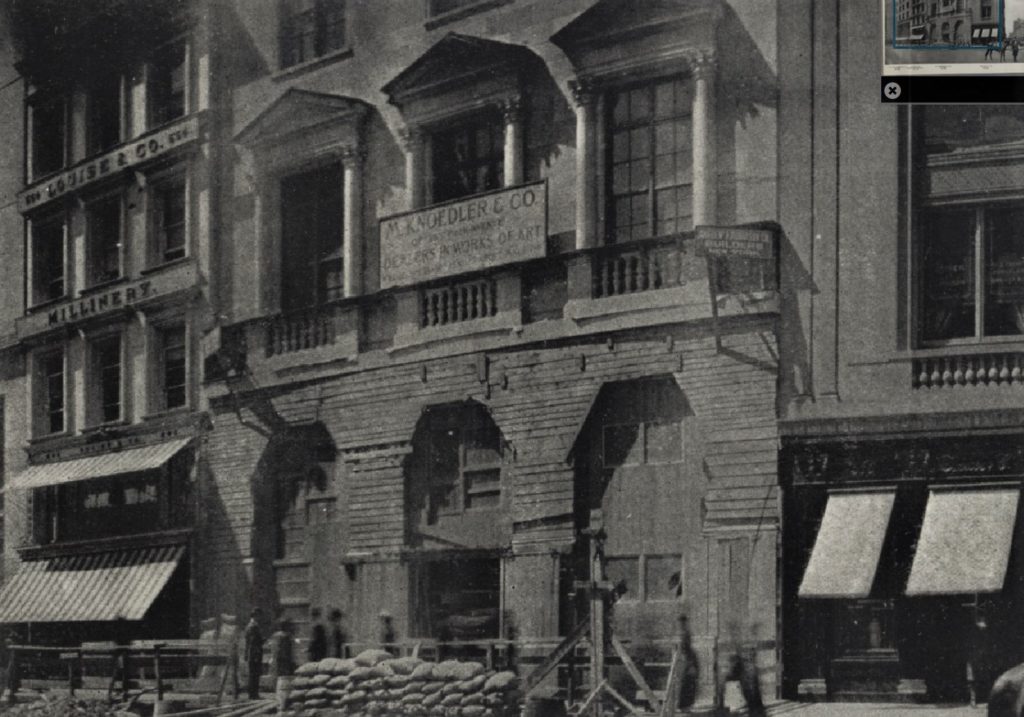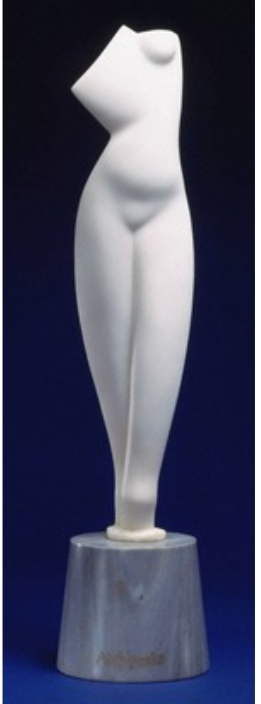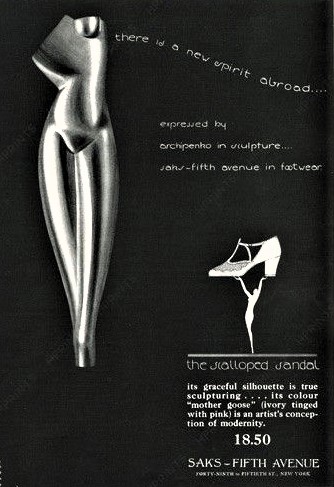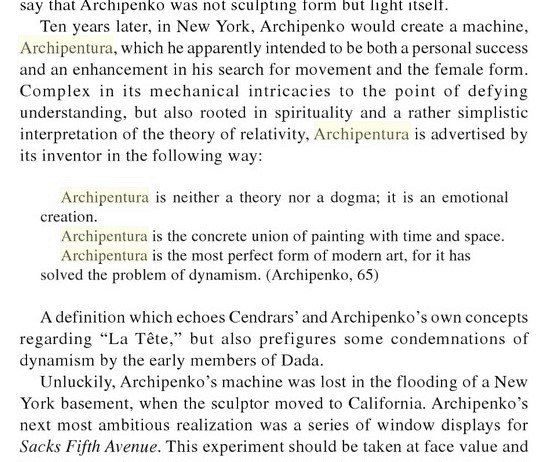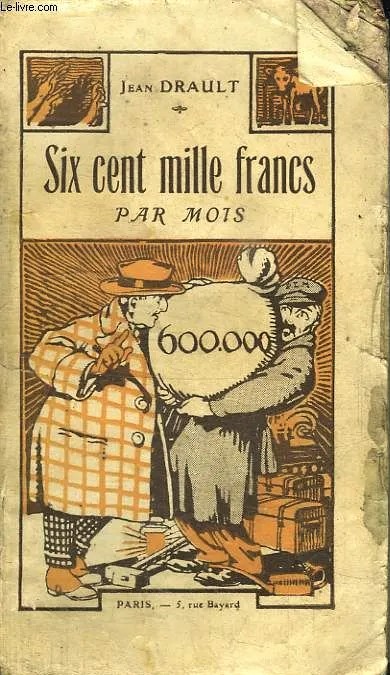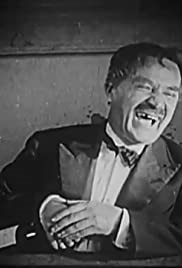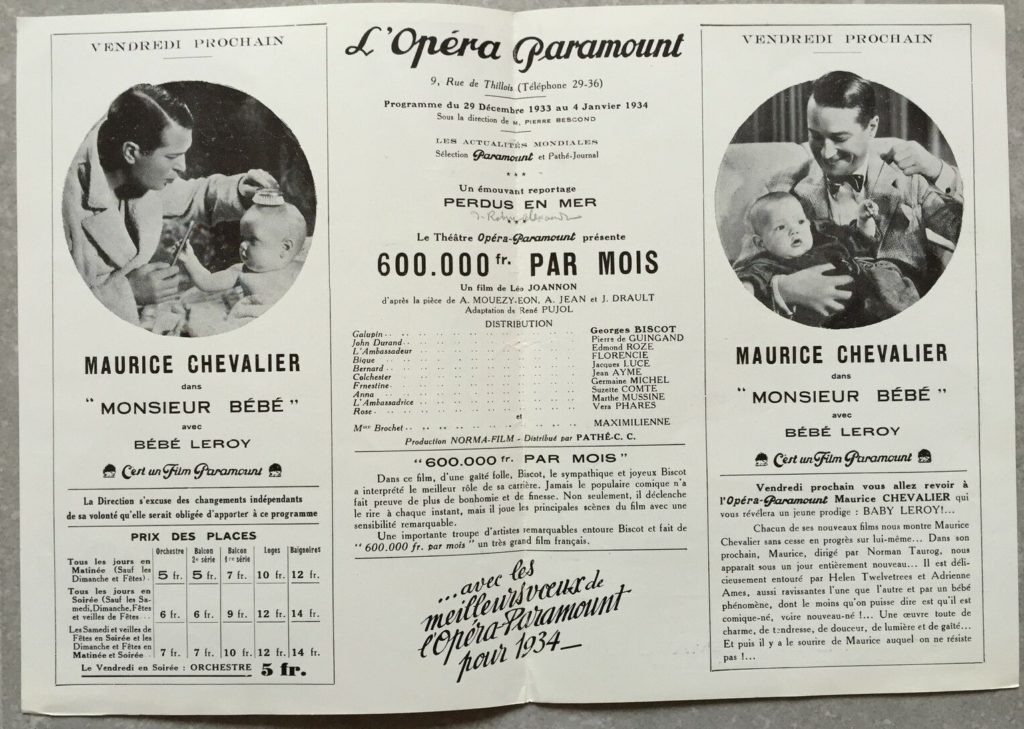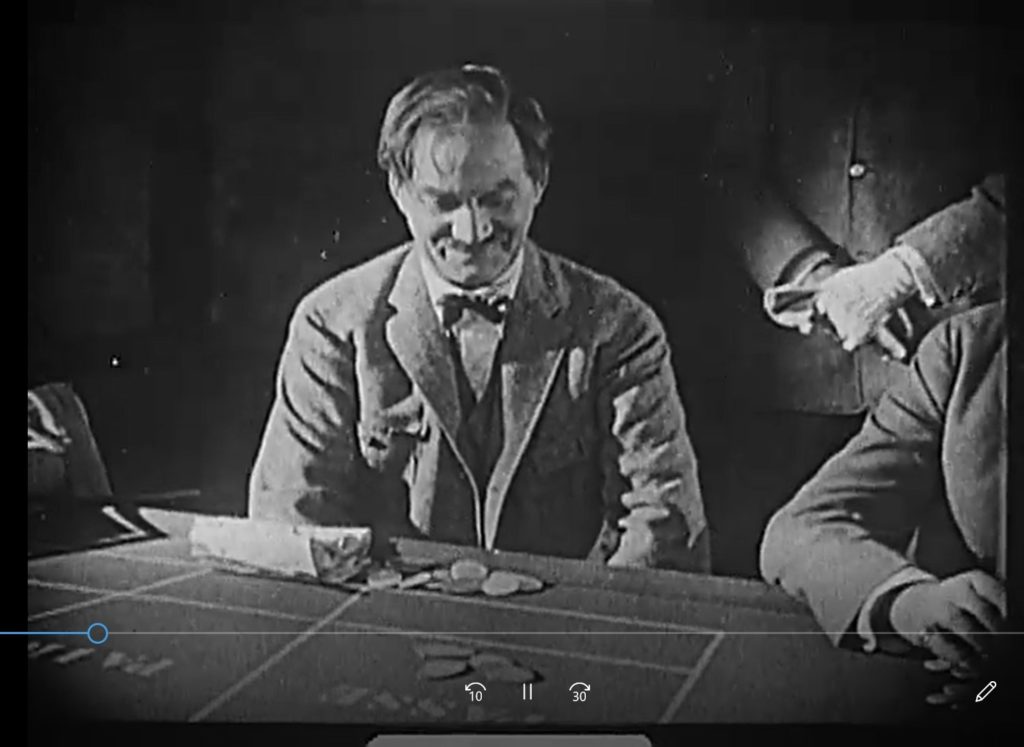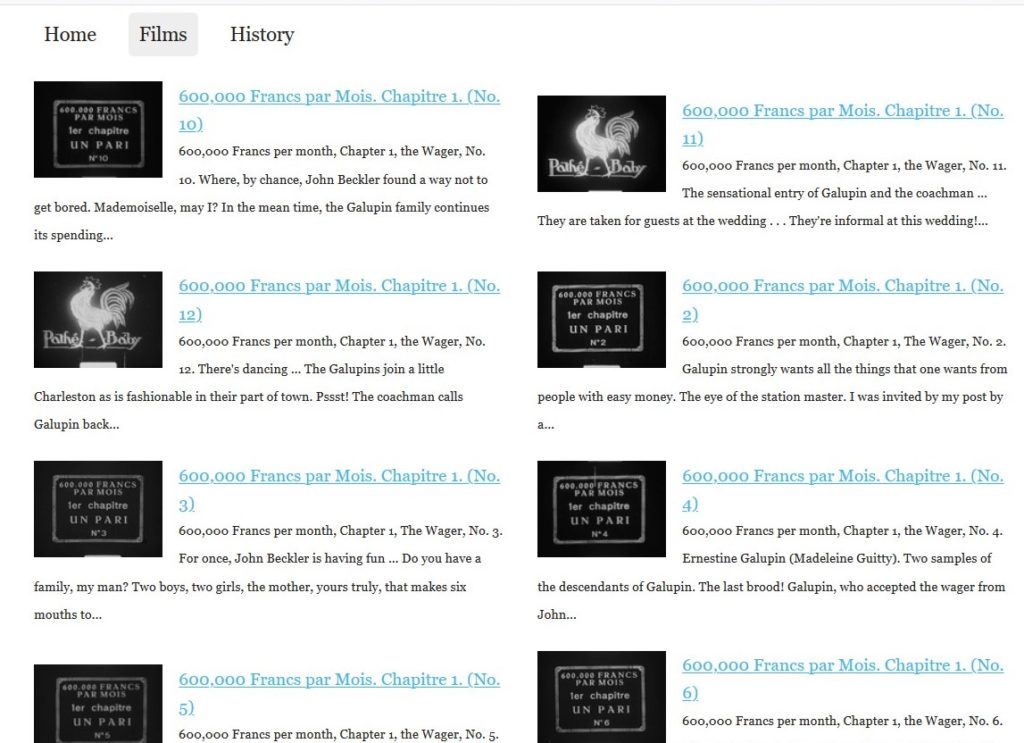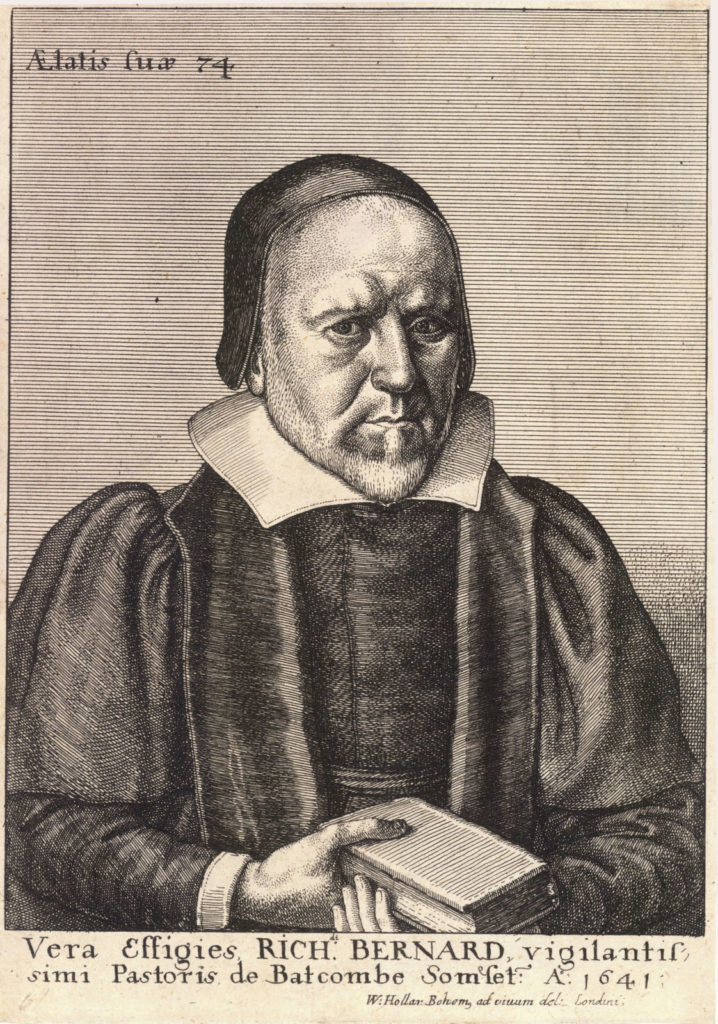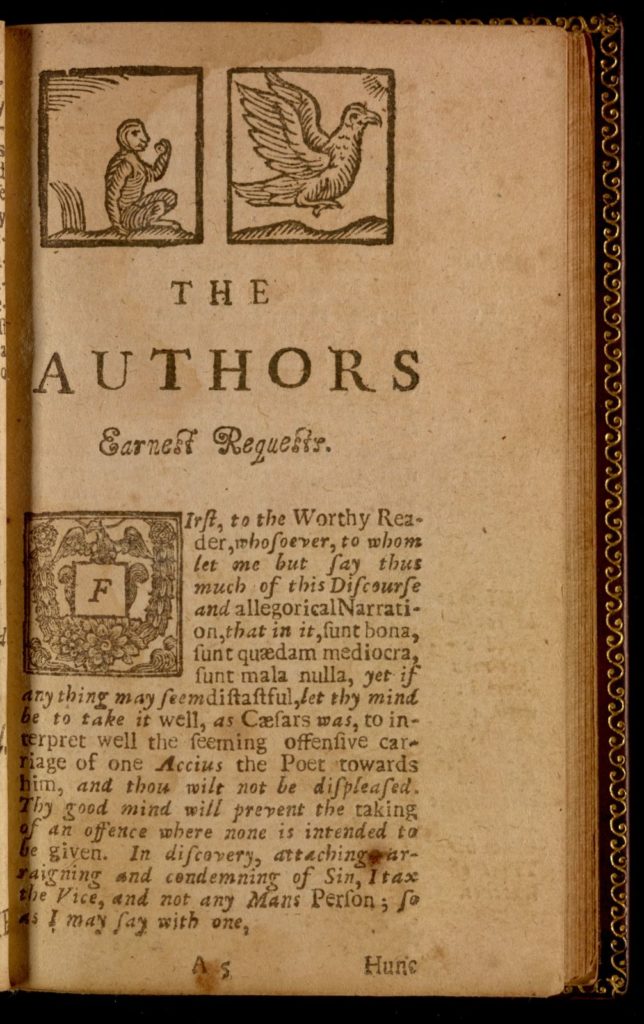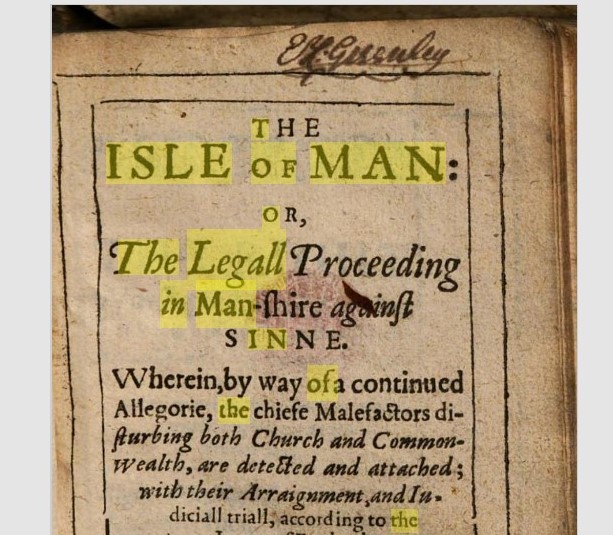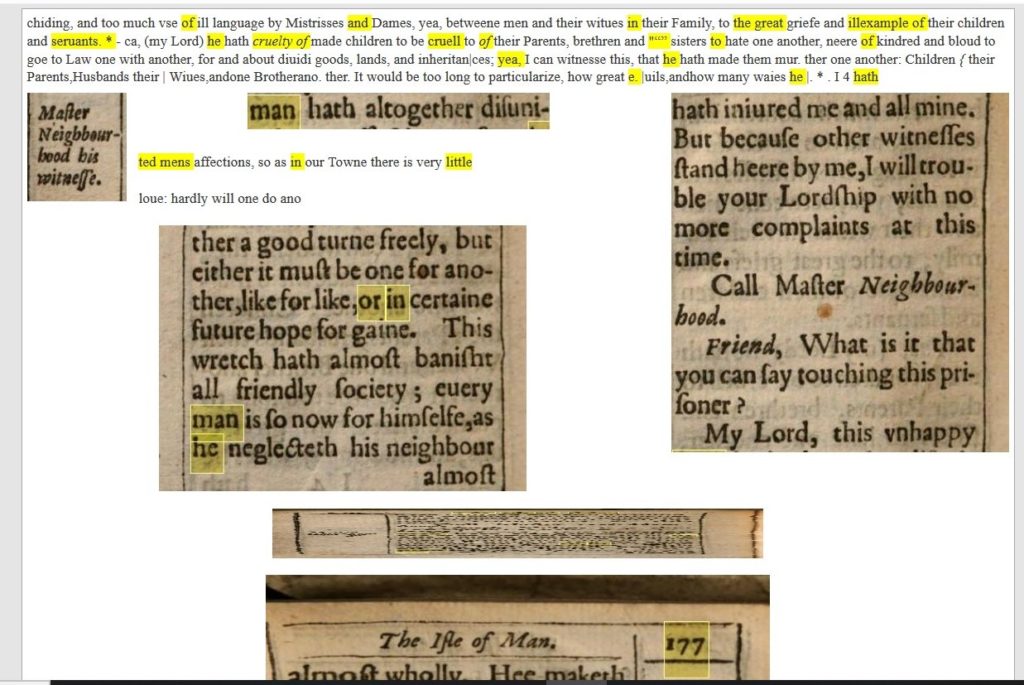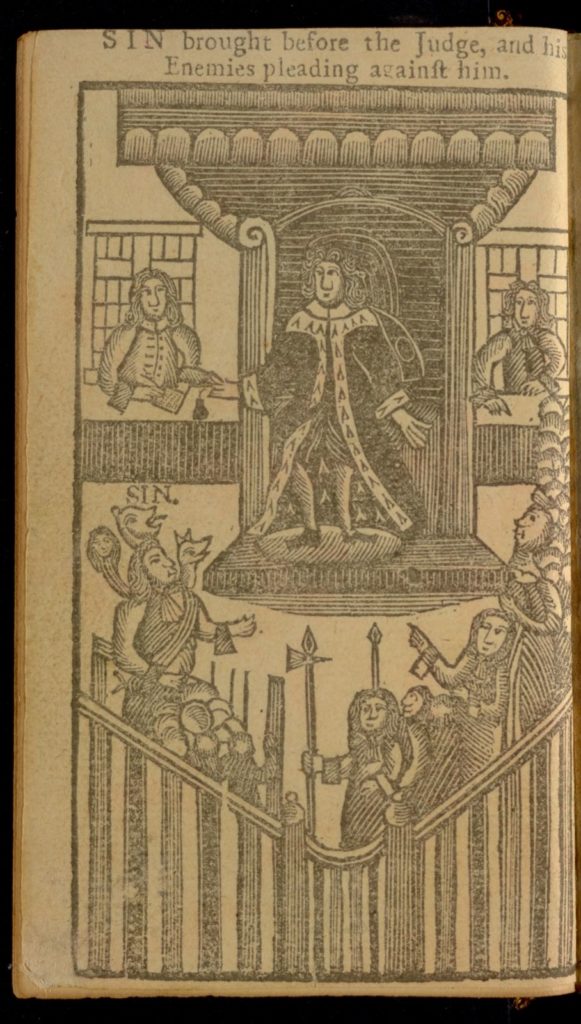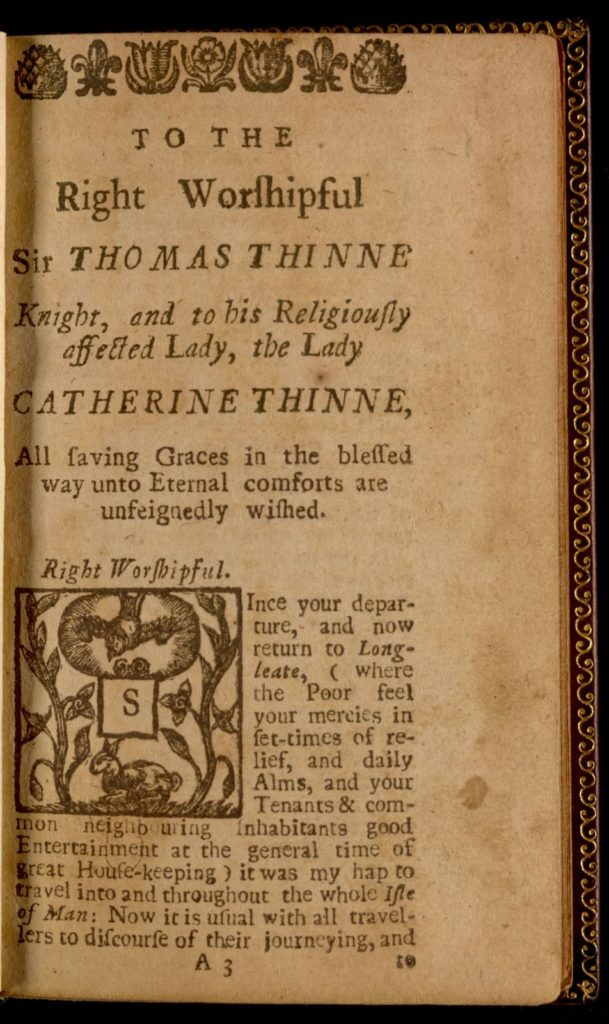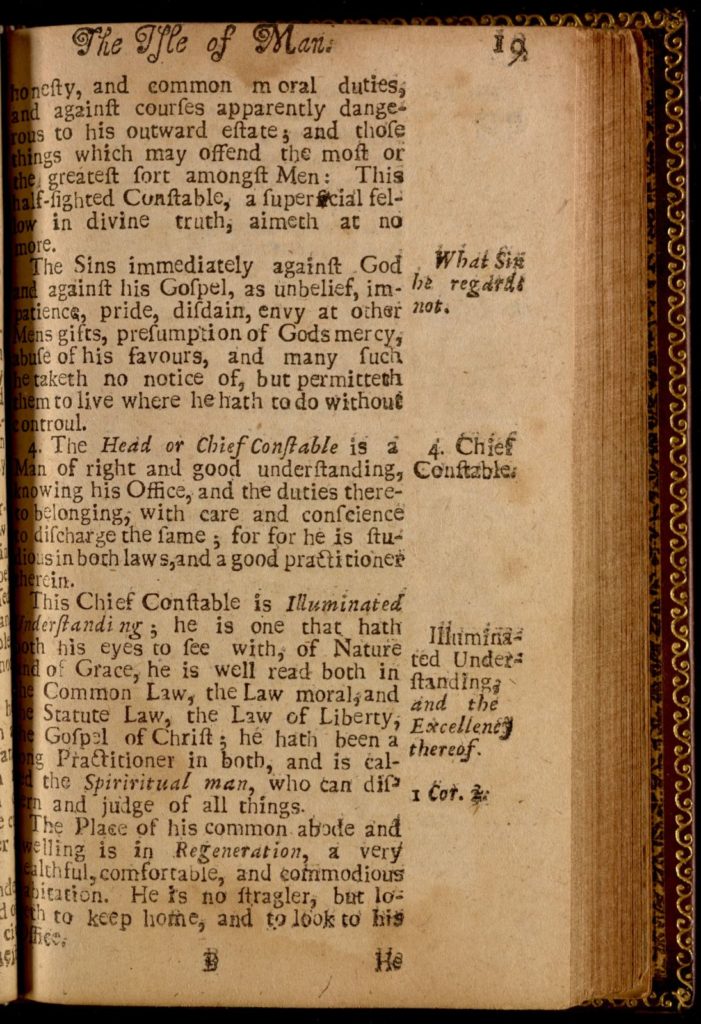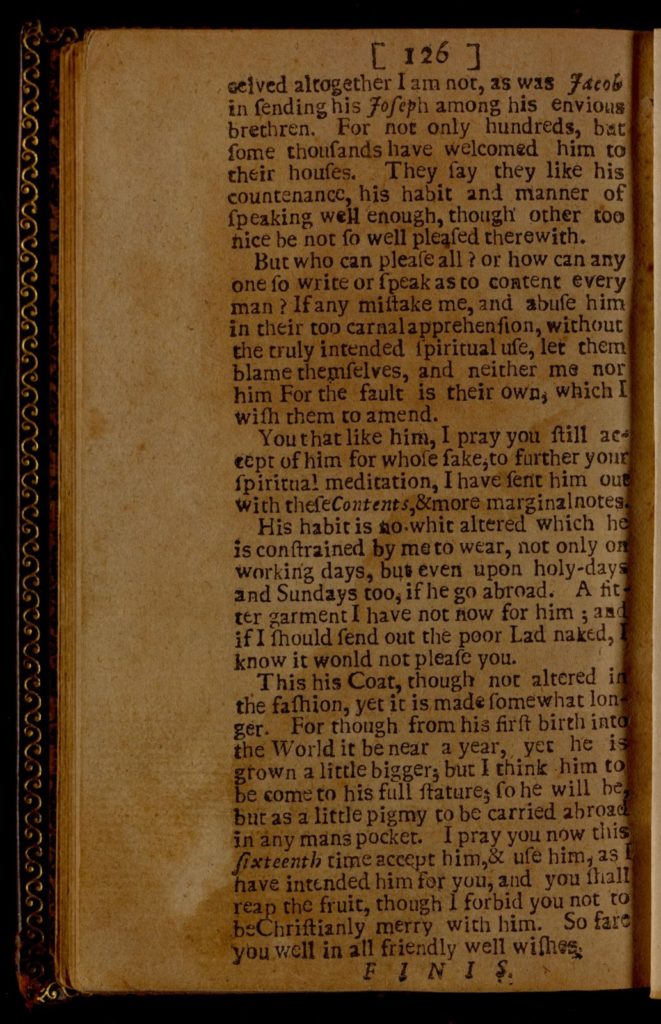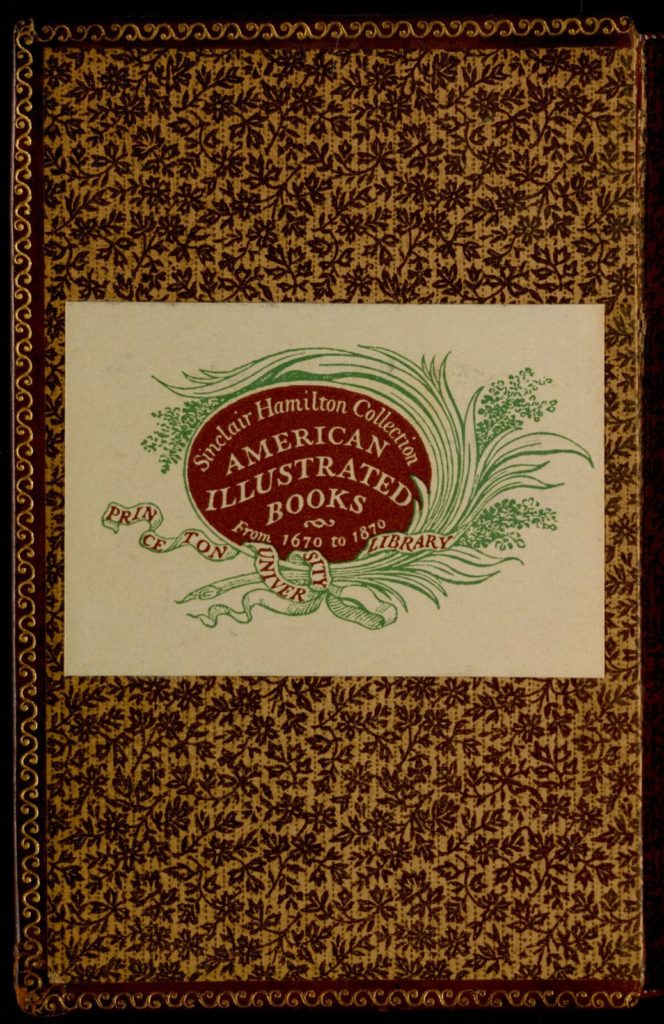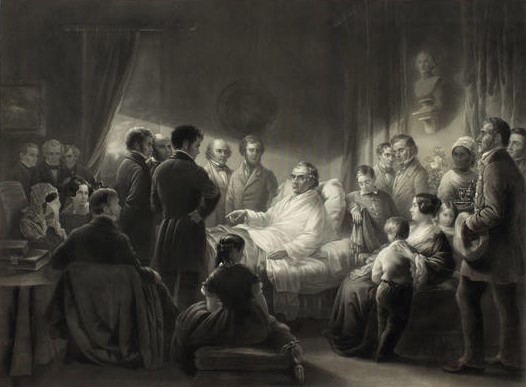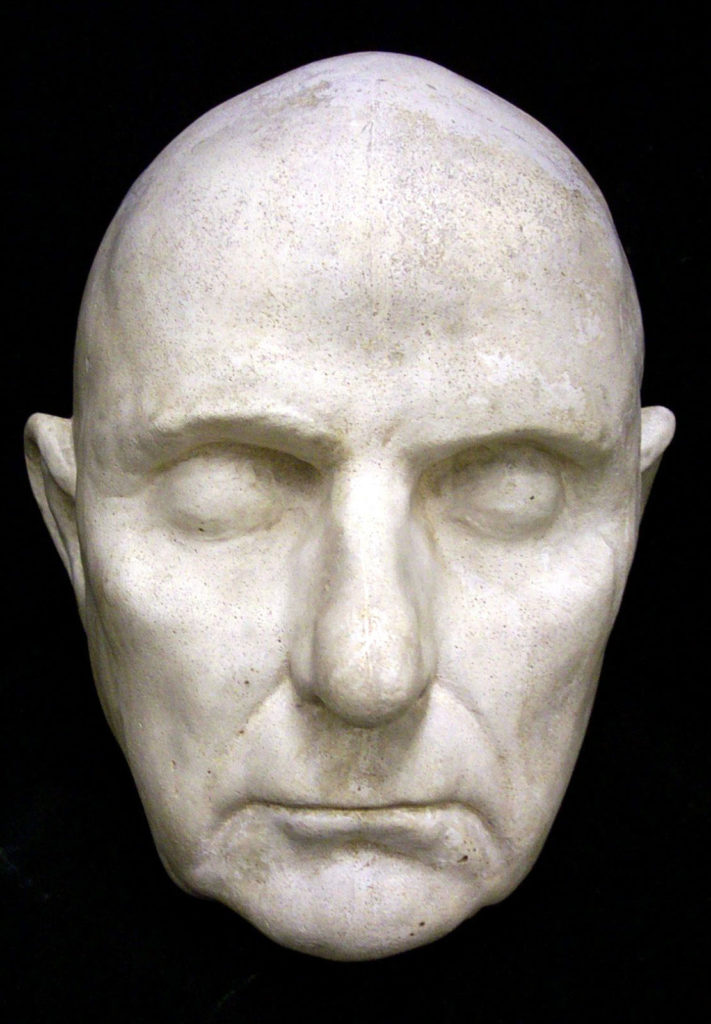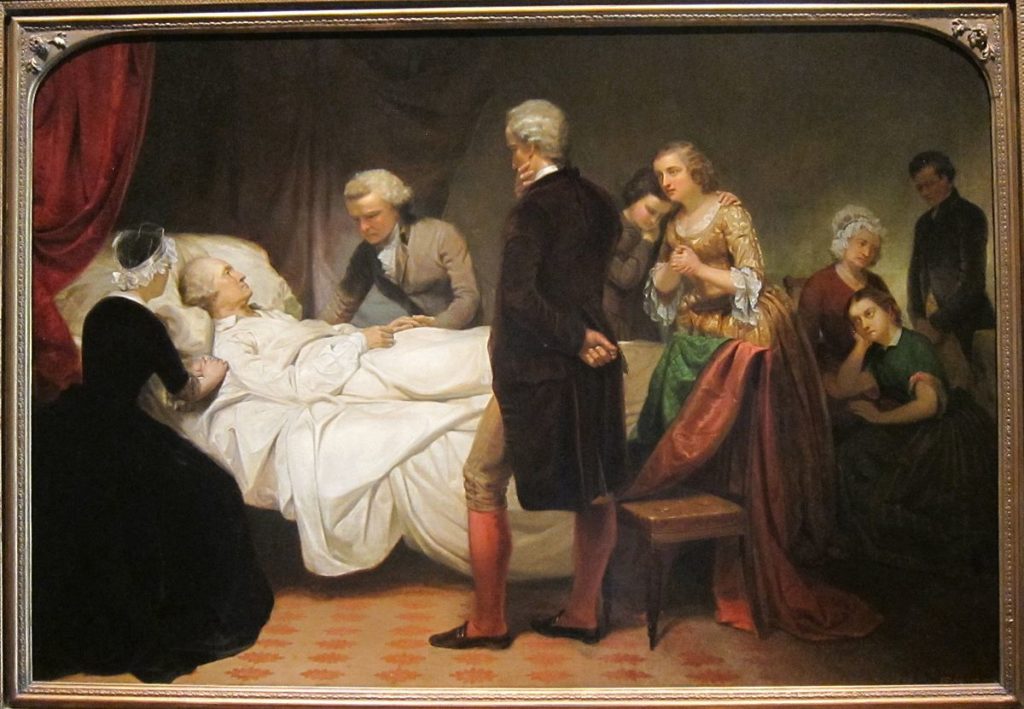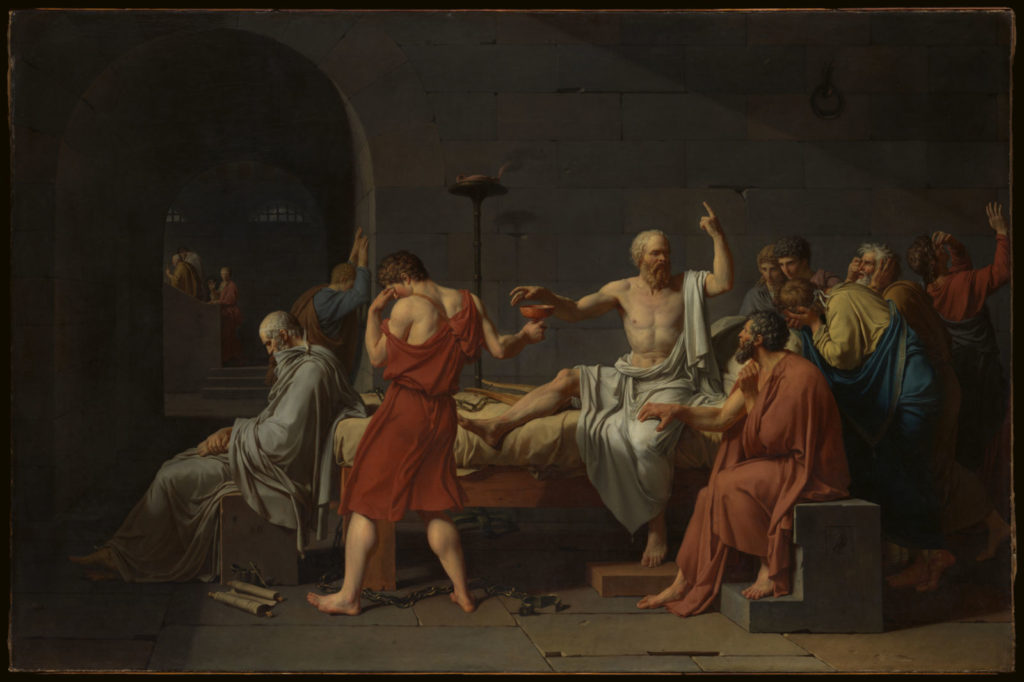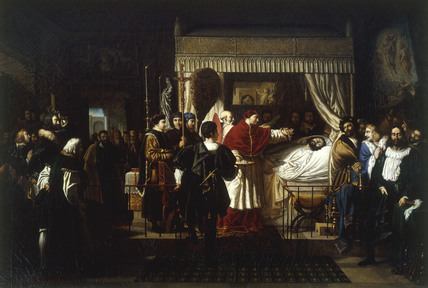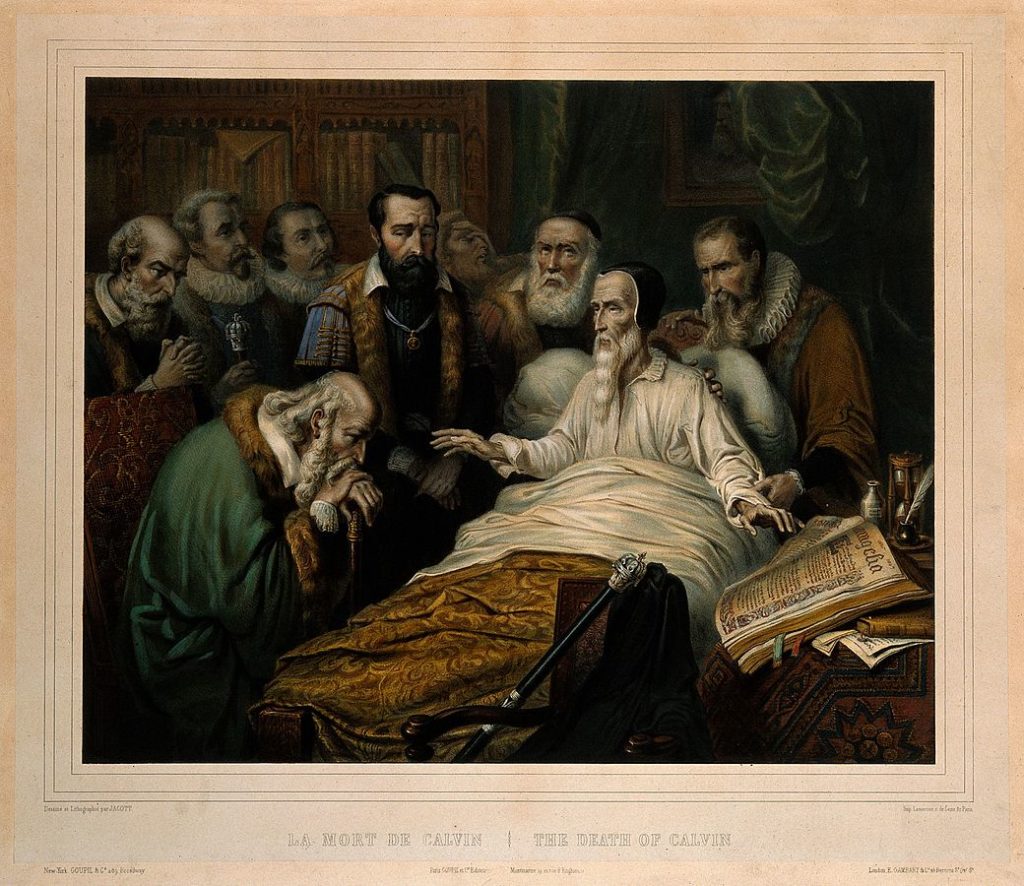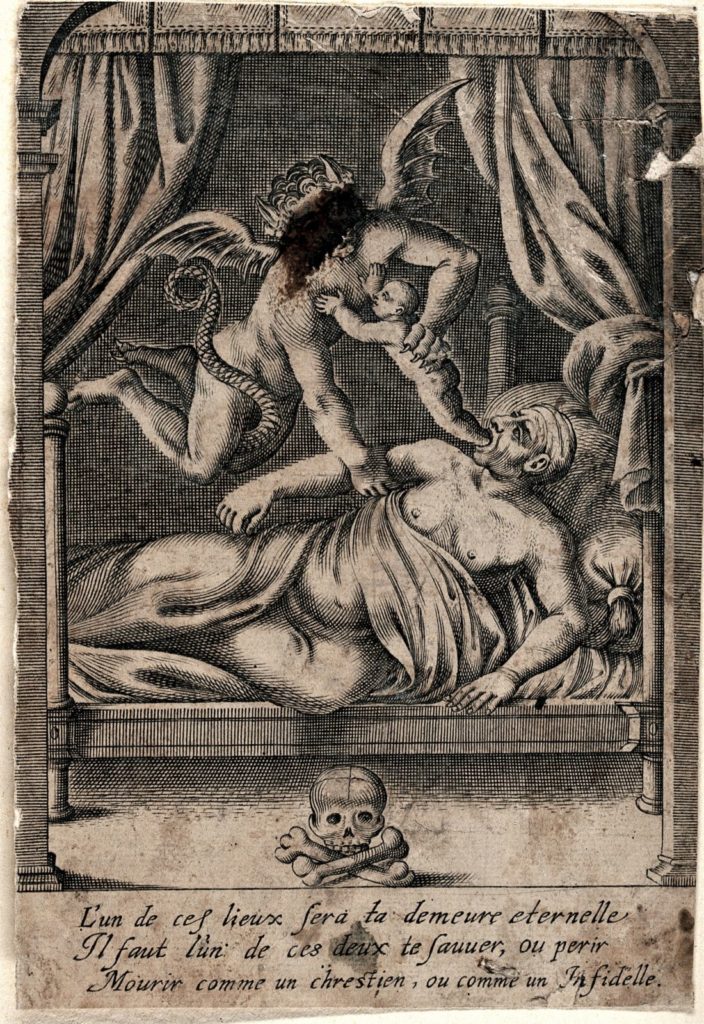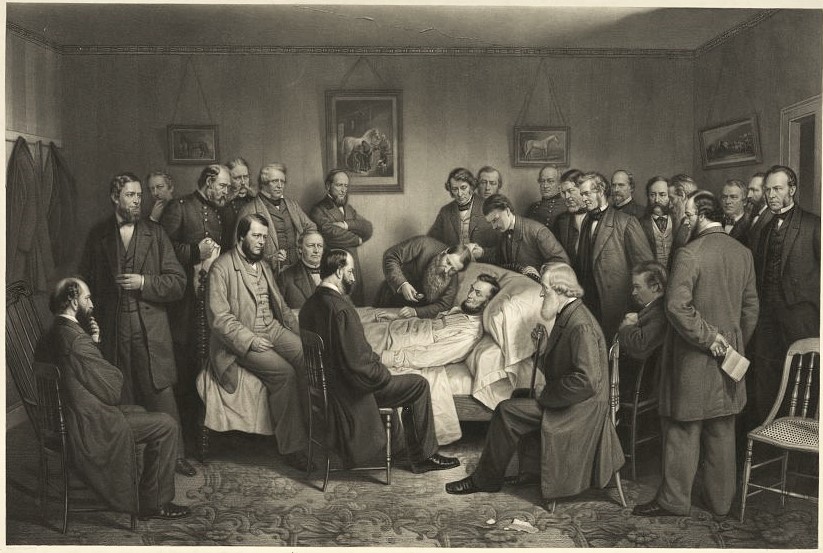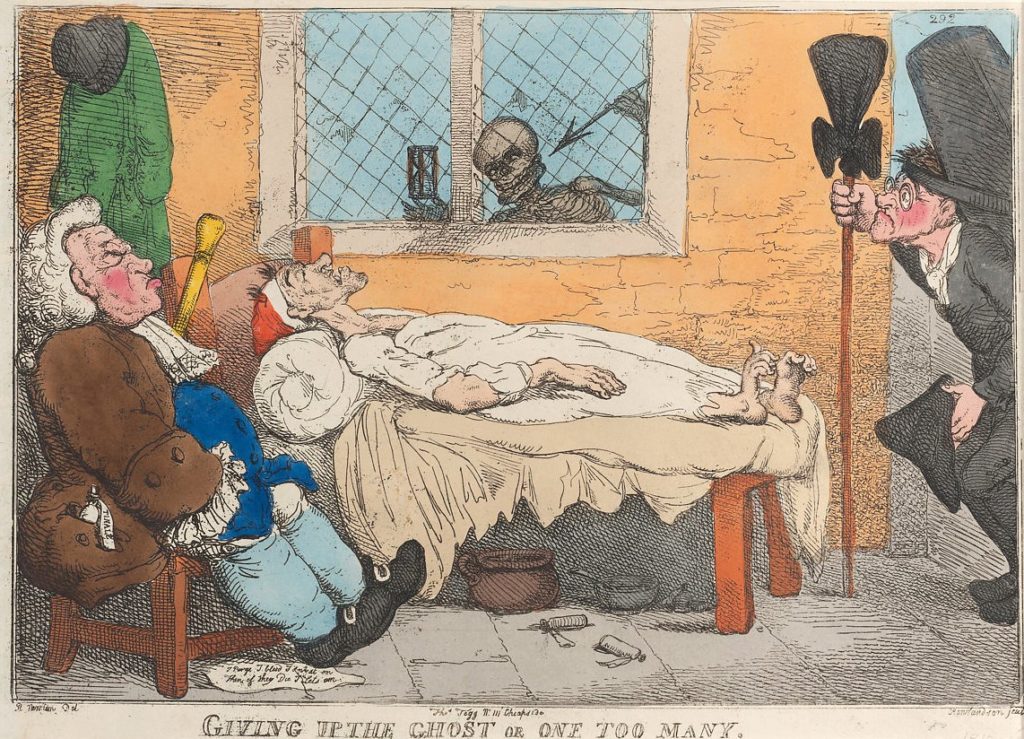 James Gillray (1757-1815), The Fall of Icarus, April 20, 1807. Hand colored etching. Graphic Arts Collection GA 2006.01485. Gift of Dickson Q. Brown ’95. http://arks.princeton.edu/ark:/88435/9p290943w
James Gillray (1757-1815), The Fall of Icarus, April 20, 1807. Hand colored etching. Graphic Arts Collection GA 2006.01485. Gift of Dickson Q. Brown ’95. http://arks.princeton.edu/ark:/88435/9p290943w
Have you ever taken a pad of paper or an extra pen from your office? When Lord Temple, later Buckingham*, left office in 1807, he was accused of taking with him large quantities of stationery. What might be a minor infraction was highlighted and repeated by caricaturists over many years so whenever you saw a picture of Buckingham, he was usually carrying a hoard of paper and pens.
In the print above, The Fall of Icarus, we see Lord Temple, winged and naked, attempting to fly after his father but like Icarus, his wings are disintegrating. The dropping feathers are shaped like quill pens and splattered with red sealing wax. We anticipate him landing on a stake of public opinion, inscribed “Stake out of Public-Hedge!” George III, as the sun, is looking severely down at Temple, causing the wax of Temple’s wings to melt. In the lower right, a servant hands off packages inscribed ‘Stationary Office’, with paper and bundles of pens.
‘In former days the Poet sings,
An Artist skill’d and rare
Of Wax and Feathers form’d his Wings
And made a famous pair –
With which from Precipice or Tower
From Hill or highest Trees,
When work’d by his mechanic power
He could descend with ease, –
Why T-p-e then wants such a store
You surely ask in vain? –
A moment of reflection more
Will make the matter plain,
With Plumes & Wax, & such like things
In quantities not small
He tries to make a pair of Wings
To ease his sudden Fall! – ‘
*Richard Grenville, 1st Duke of Buckingham and Chandos (1776-1839), also known as Lord Temple, also known as Richard Temple-Nugent-Brydges-Chandos Grenville; also known as Buckingham. Elder son of George Nugent-Temple-Grenville, 1st marquess of Buckingham. Not to be confused with George Nugent Temple Grenville, 1st Marquess of Buckingham (1753-1813), son of the prime minister George Grenville, succeeded his uncle Richard Temple as third Earl Temple and prefixed the names Nugent-Temple to his surname; created Marquess of Buckingham.
Here are a few more prints scolding Temple (Buckingham) for stealing stationery:
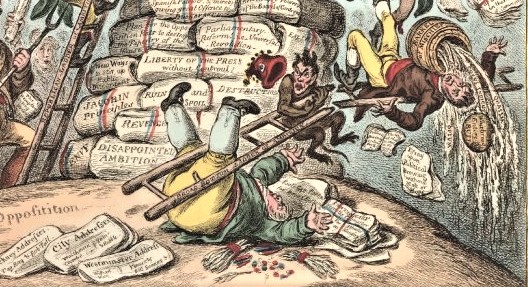 Detail
Detail
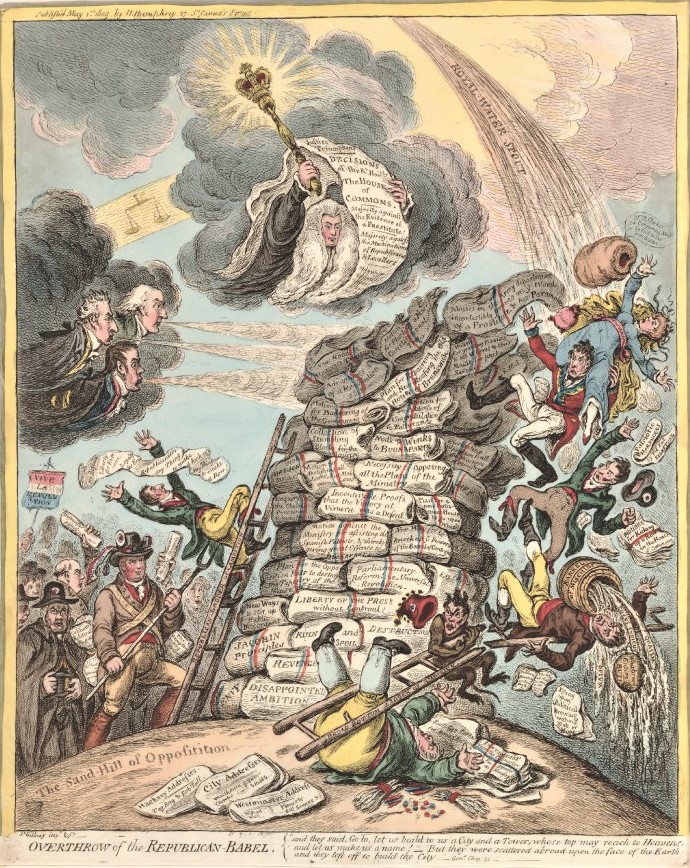 James Gillray (1757-1815), Overthrow of the Republican-Babel, May 1, 1809. Hand colored etching. British Museum
James Gillray (1757-1815), Overthrow of the Republican-Babel, May 1, 1809. Hand colored etching. British Museum
The Tower of Babel is here represented by bundles of documents tied by tricolour ribbon, culminating in the allegations of Mrs. Clarke against the Duke of York. …The ladder is the Broad-Bottom Ladder of Ambition [coalition formed between Charles James Fox and Lord North]. Temple has broken the lower rungs and lies on his back, his legs in the air. He has dropped large stacks of Foolscap [what we call legal size] paper for Broad Bottom and Stationary from the Paymasters For Attacks on Ministry, with pens, sealing-wax, … Dorothy George adds: “Temple did not belong to the extreme wing of the Whigs, represented by Whitbread and Folkestone, though he was a supporter of Wardle. His presence may be due to the canard about his pilfering of stationery…”
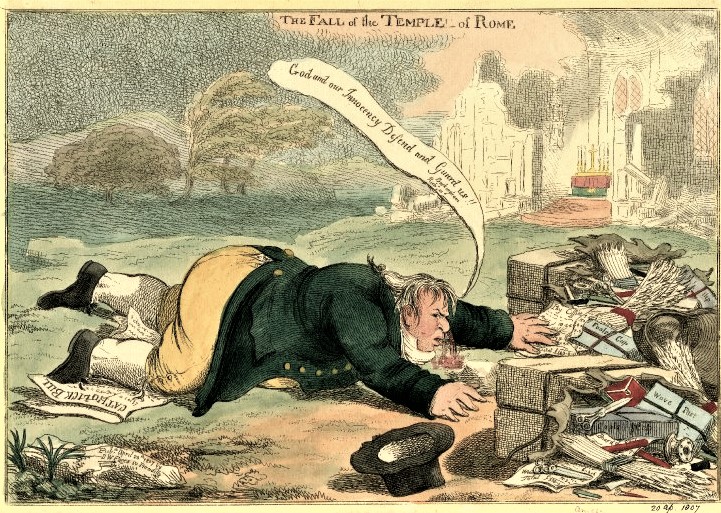 Attributed to Charles Williams (active 1796-1830), The Fall of the Temple; – of Rome, April 20, 1807. Hand colored etching. British Museum.
Attributed to Charles Williams (active 1796-1830), The Fall of the Temple; – of Rome, April 20, 1807. Hand colored etching. British Museum.
Here we see Lord Temple with a bloody nose, scrambling to collect the bales of stationery, pens, sealing wax, scissors, ink pots and other writing materials he dropped. He says; “God and Innocency Defend and Guard us!!”– Buckingham Richd. III.
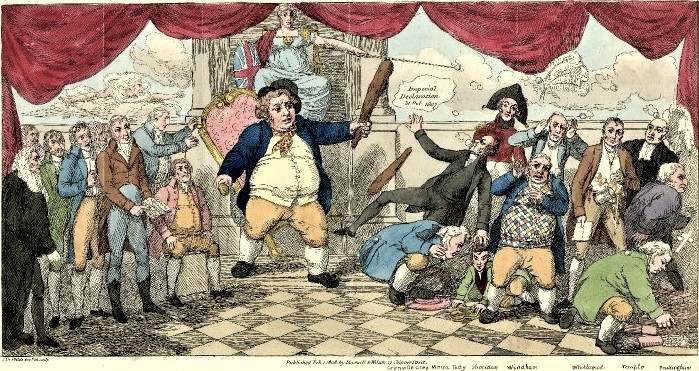 Samuel De Wilde (1751–1832), [All the Talents Dismissed], February 1, 1808. Hand colored etching. Graphic Arts Collection.
Samuel De Wilde (1751–1832), [All the Talents Dismissed], February 1, 1808. Hand colored etching. Graphic Arts Collection.
John Bull (George III), has risen from his chair of state to overthrow Grenville’s Ministry, while the new Ministers are grouped on the left Behind and above him, Britannia sits enthroned, flanked by pillars; she holds her shield and angrily points with her staff at the ex-Ministers, who are also assailed by missiles. …. In the foreground on the extreme right. Temple crouches over a pile of stationery and pens.
By the way, if you look closely at the Gillray print “The Fall of Icarus” at the top, you will notice that the date at the bottom is slightly smeared. For many years, the main sources of information about Gillray listed it as April 28, 1807 but contemporary research has corrected that to read April 20, 1807.
The Works of James Gillray, the Caricaturist: with the story of his life and times / edited by Thomas Wright, Esq., M.A. F.S.A. (London: Chatto and Windus, [1873]). Graphic Arts Collection Oversize Rowlandson 989.2q

